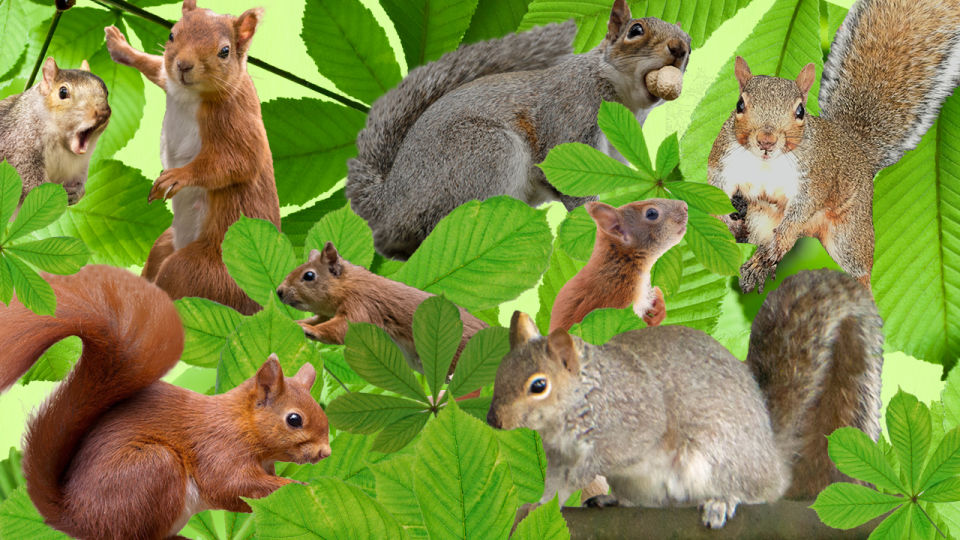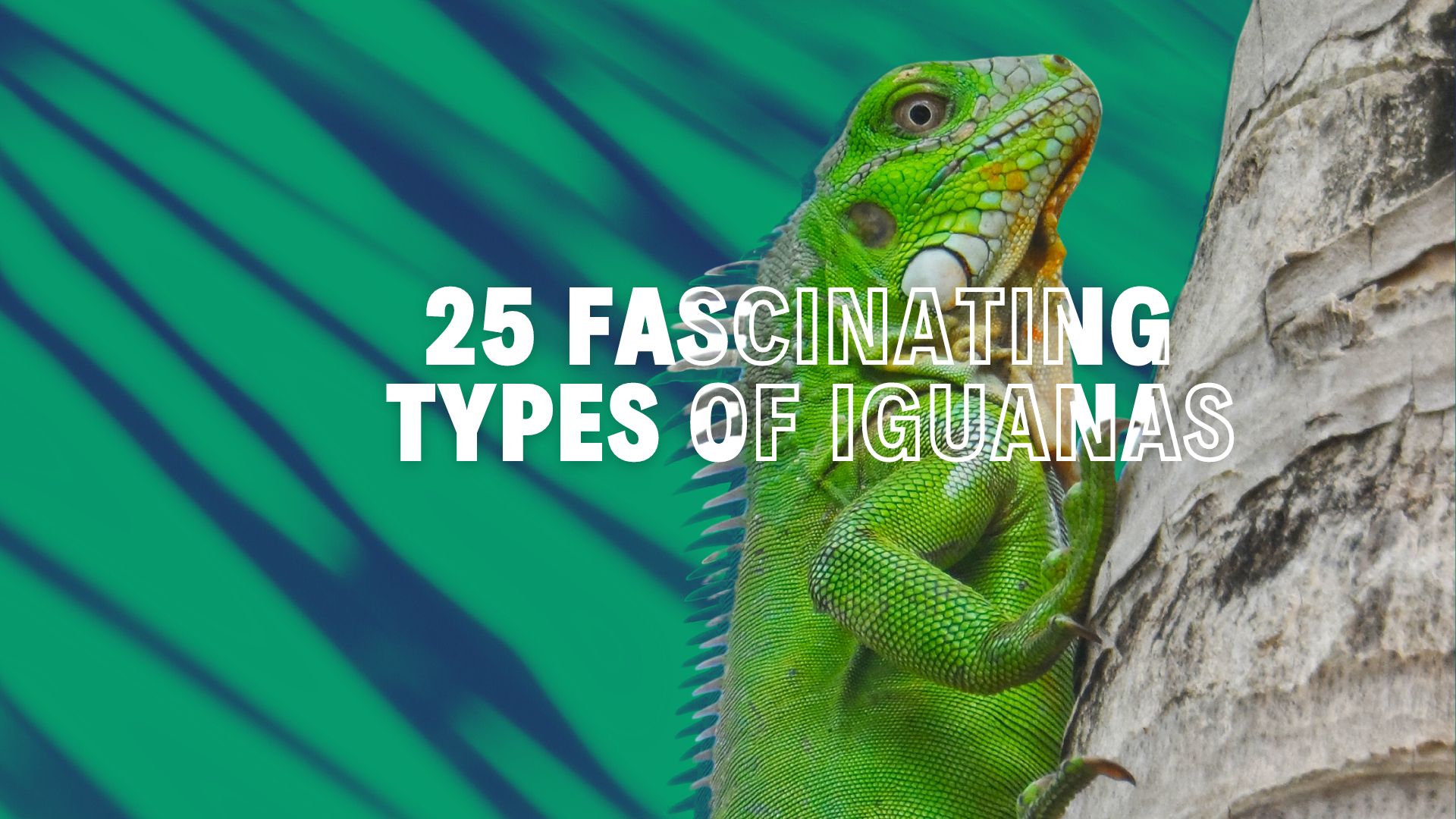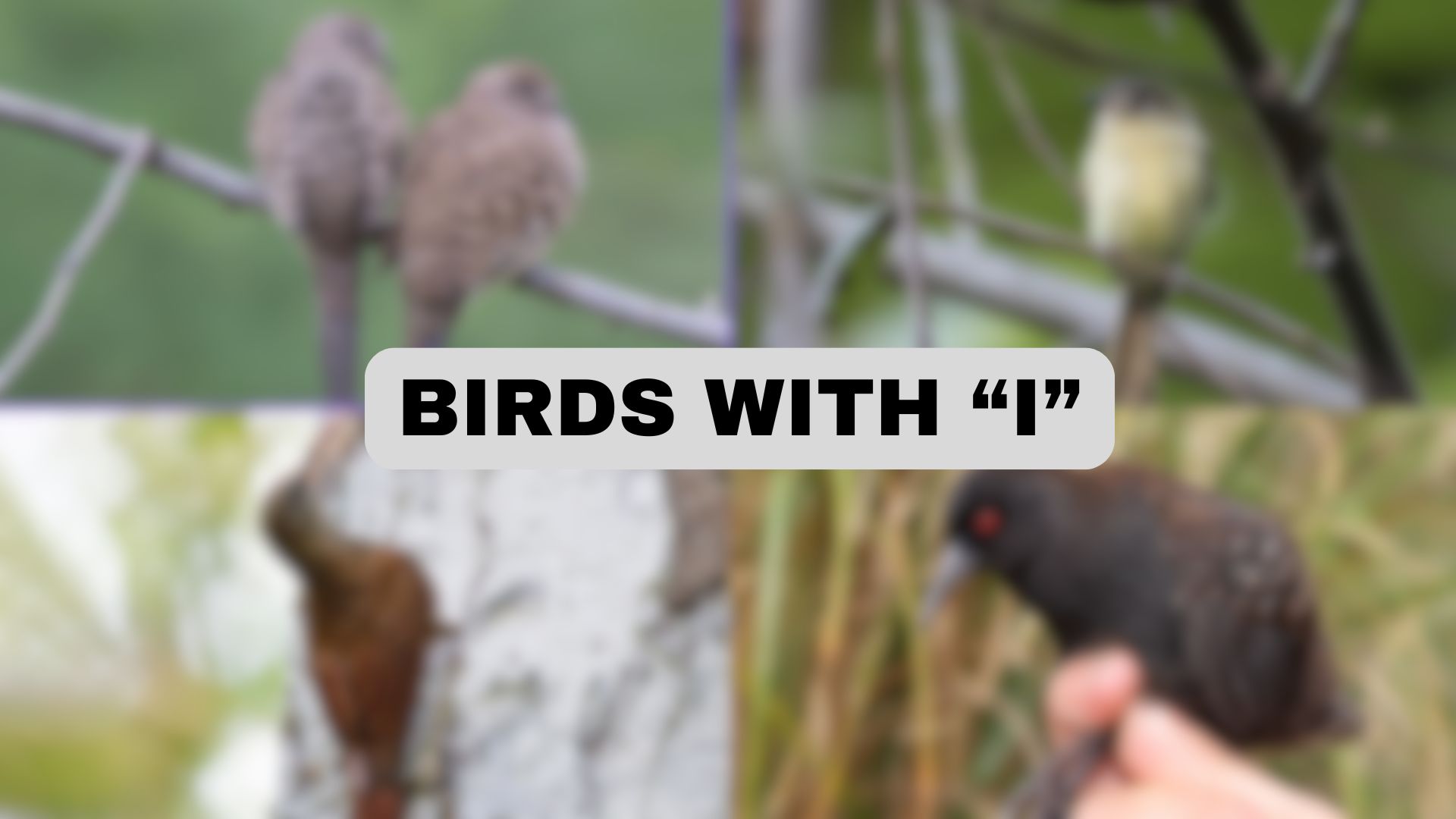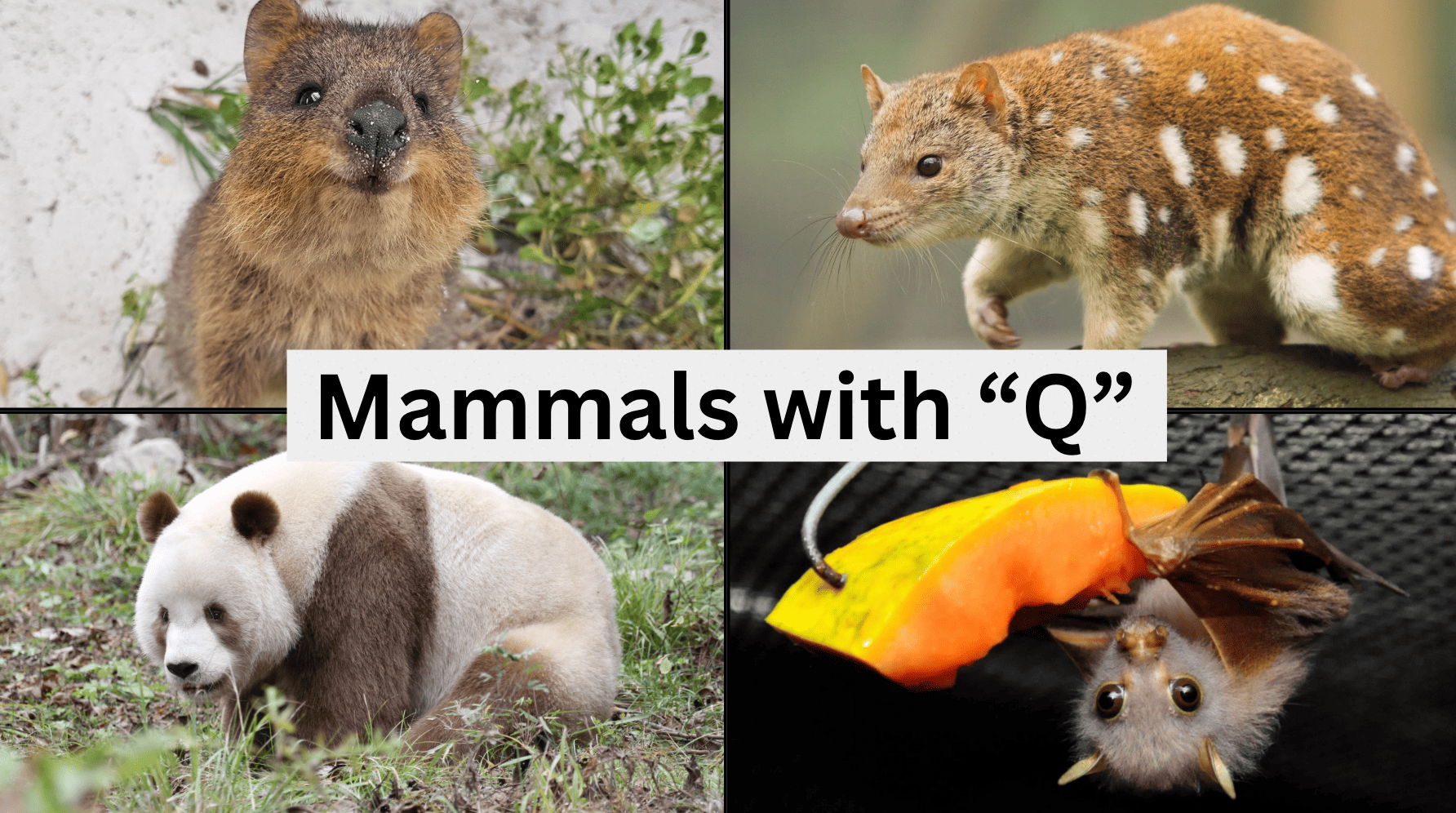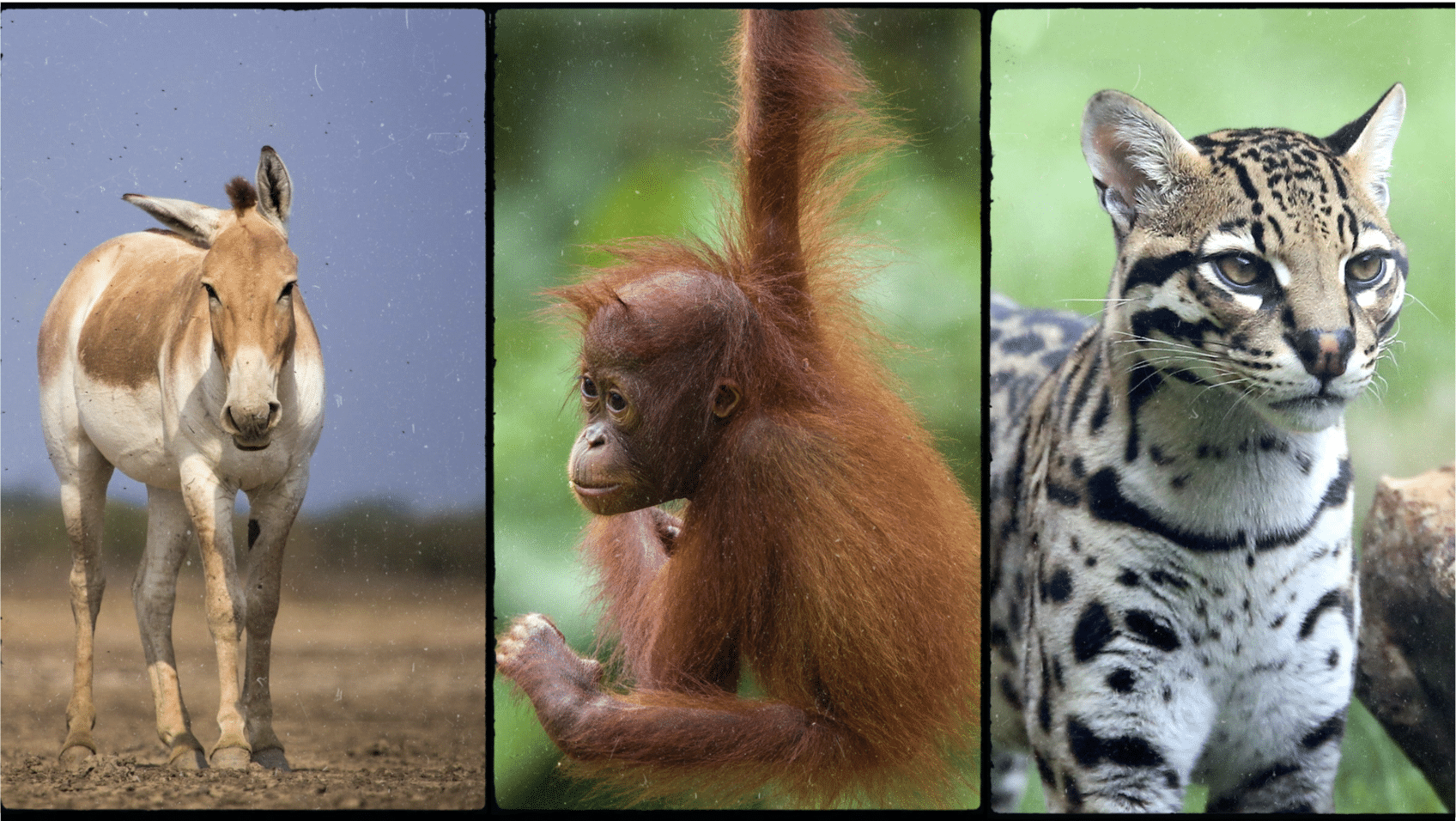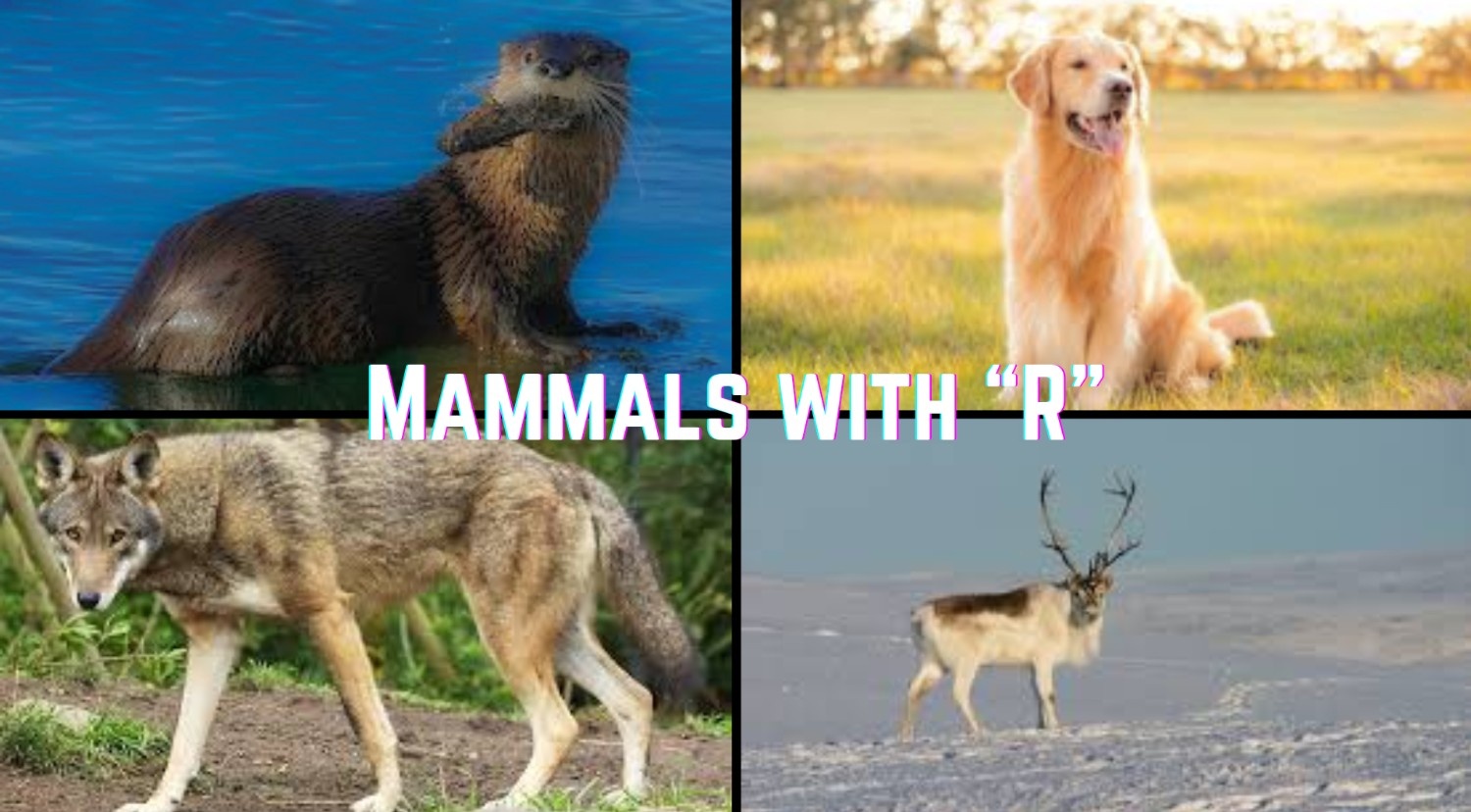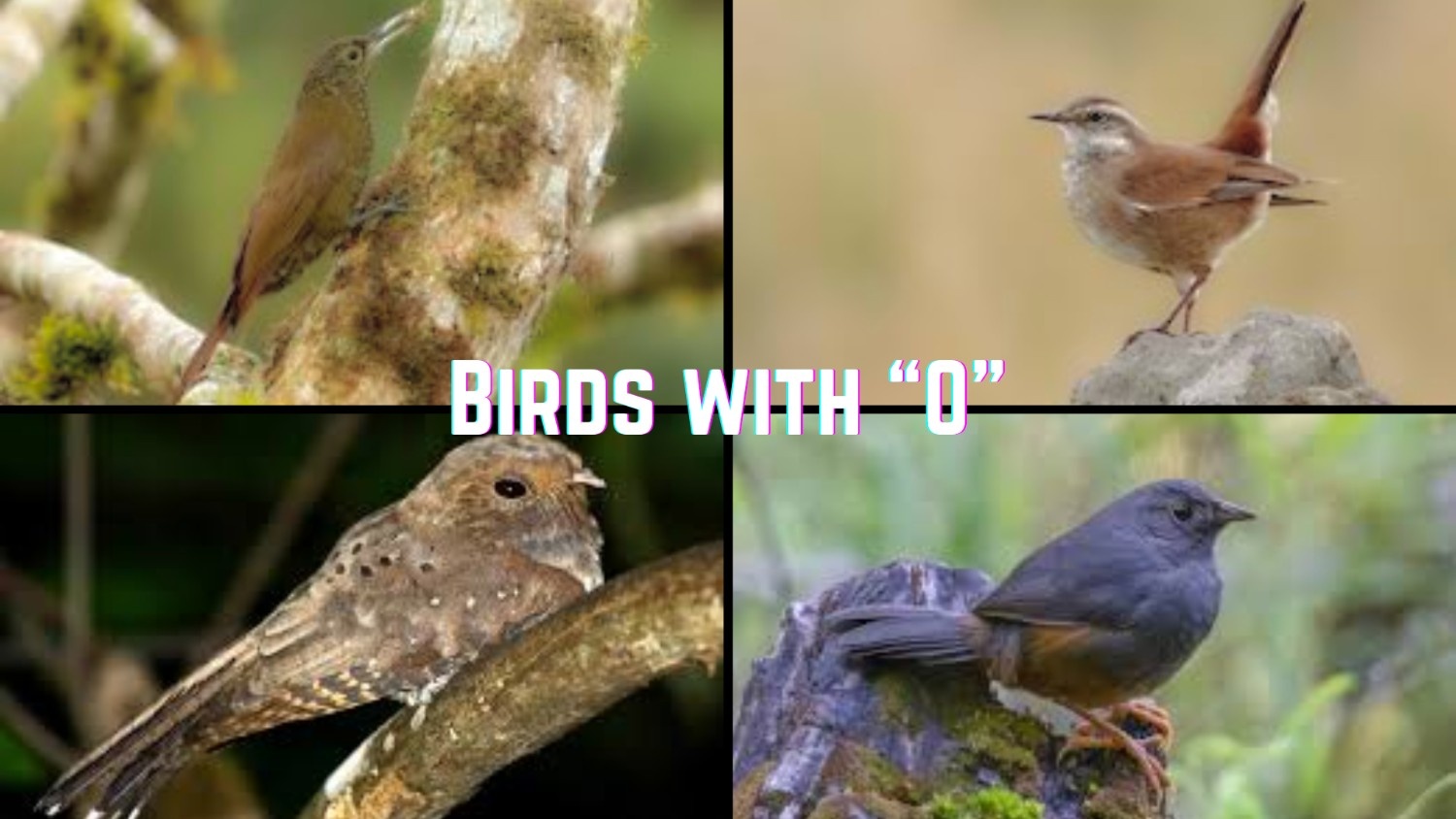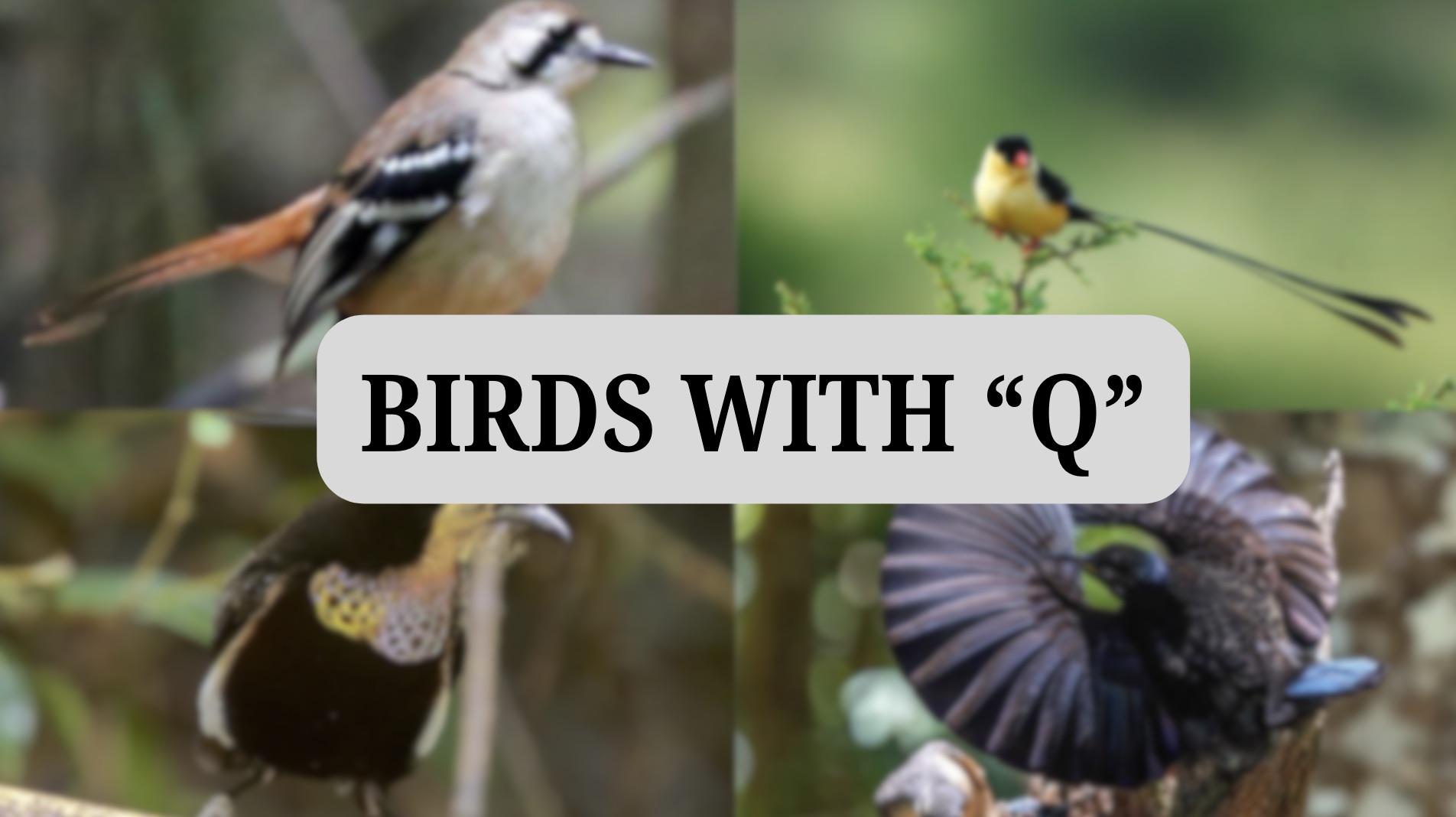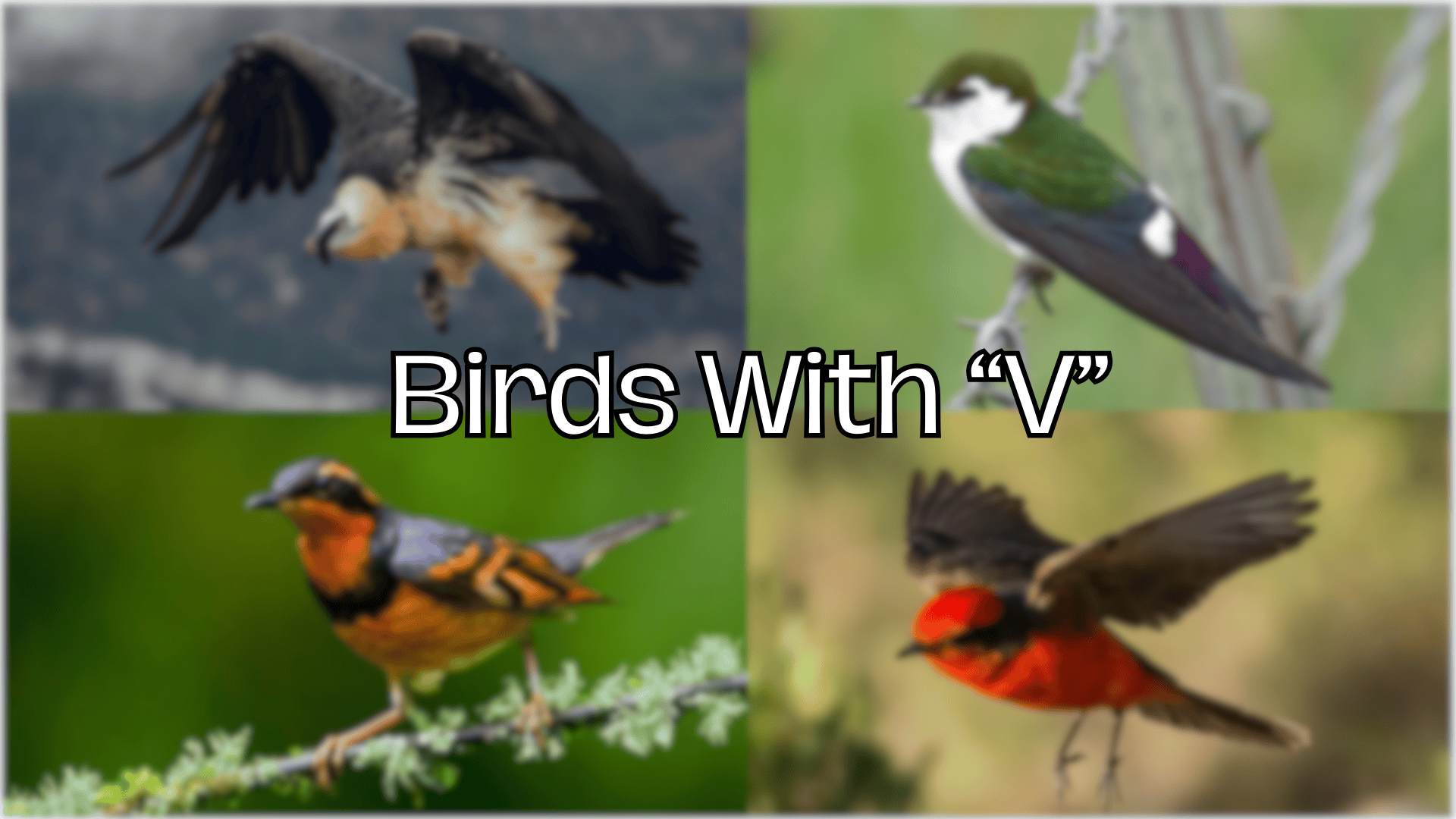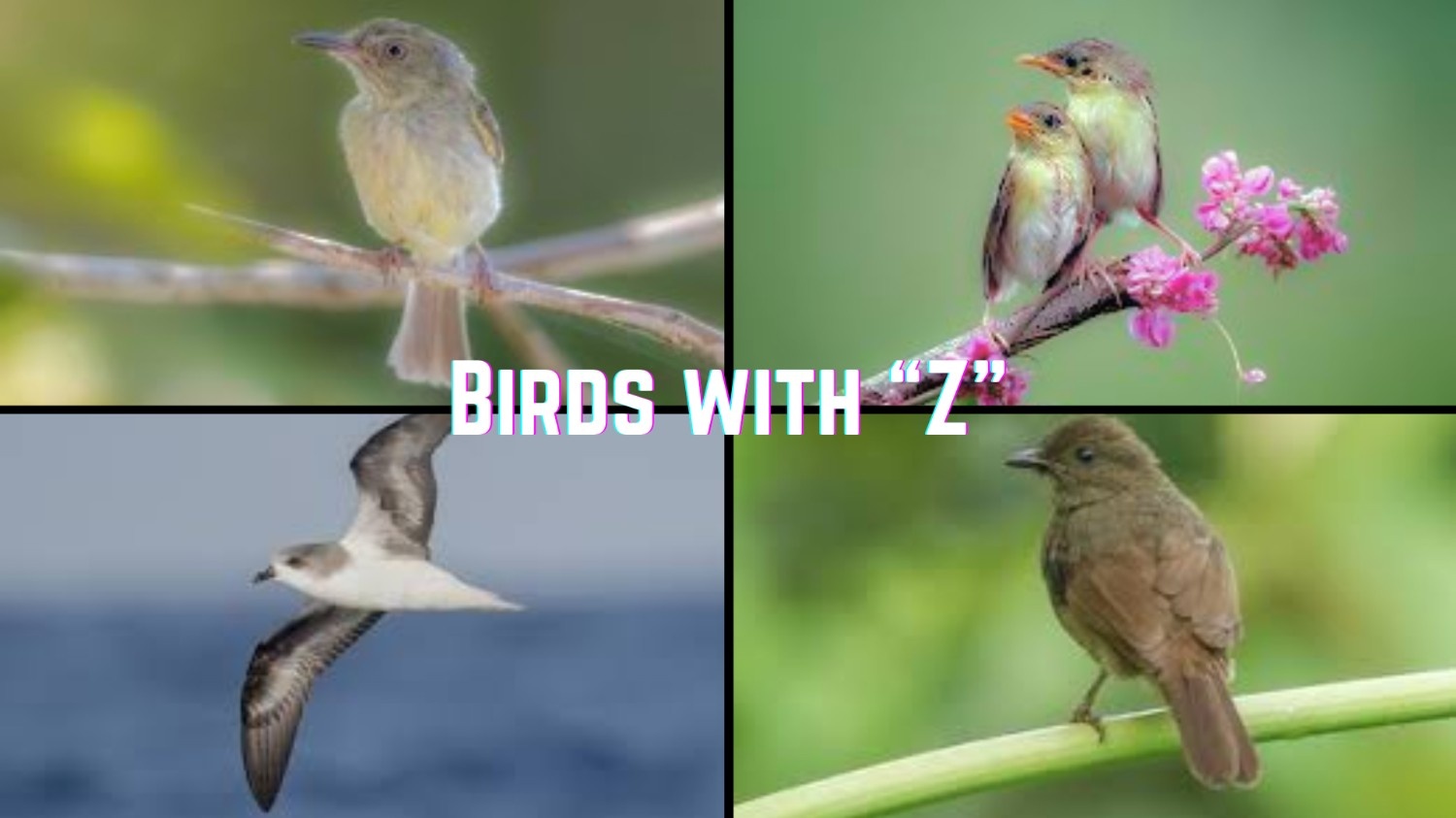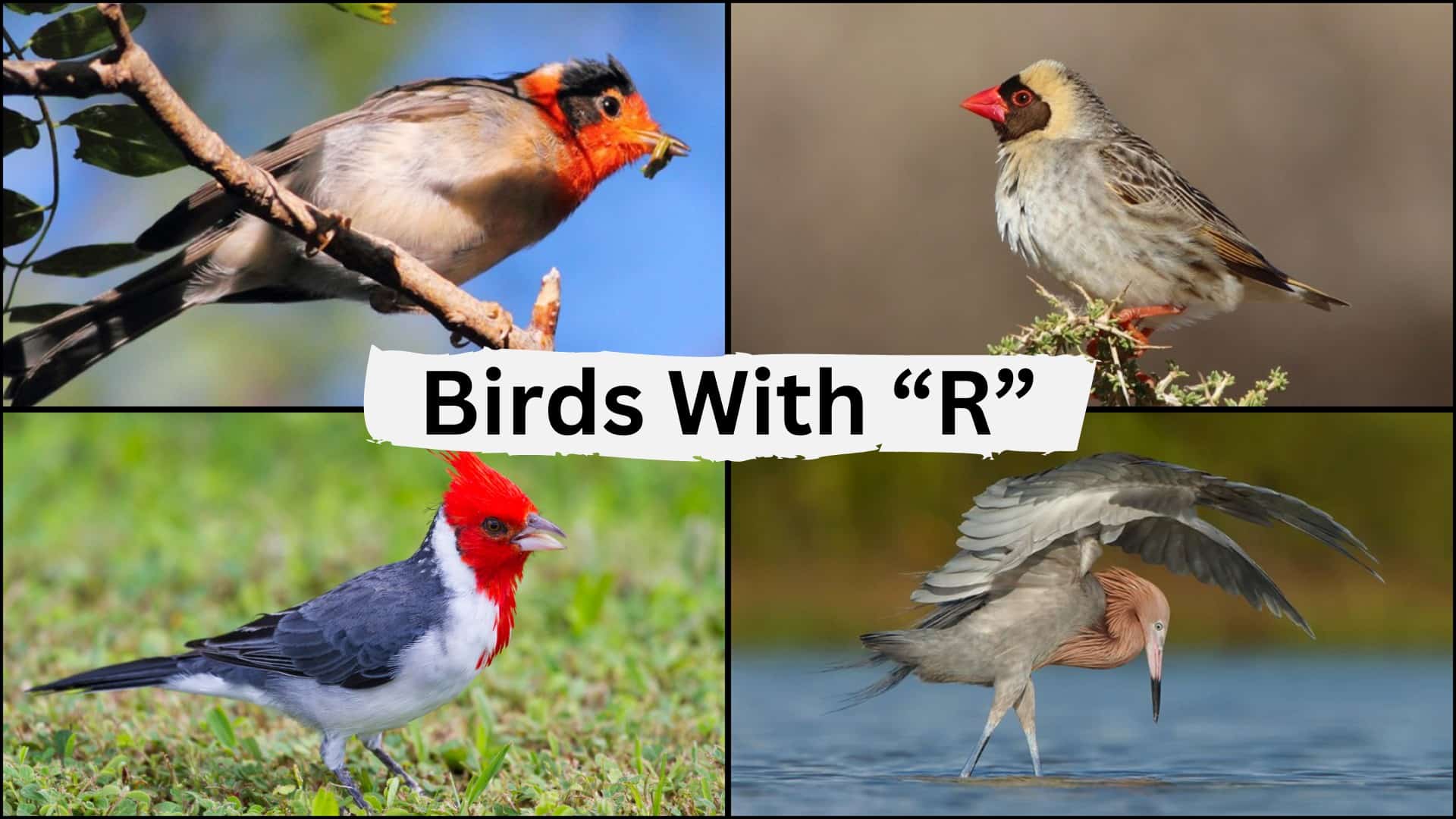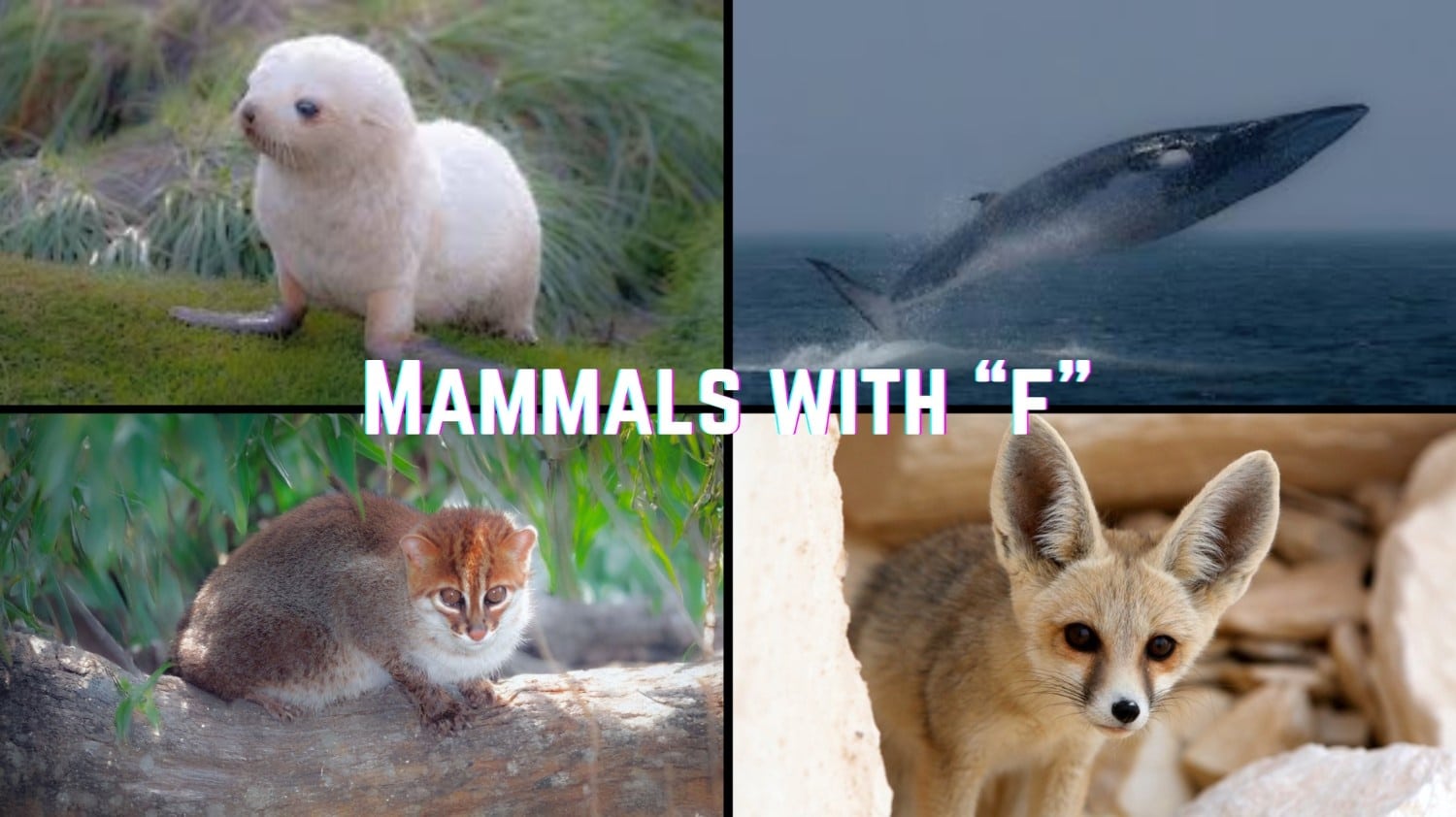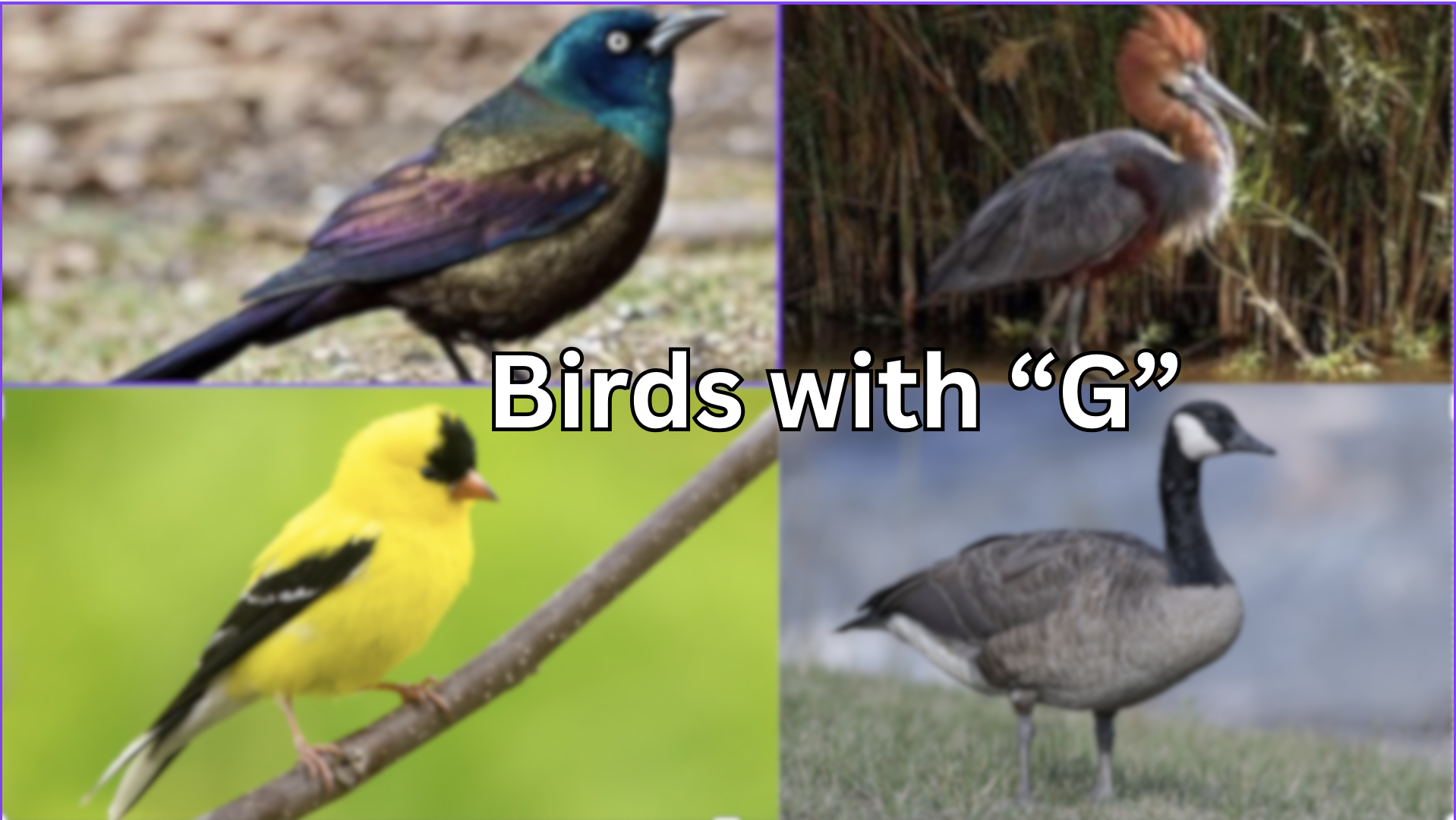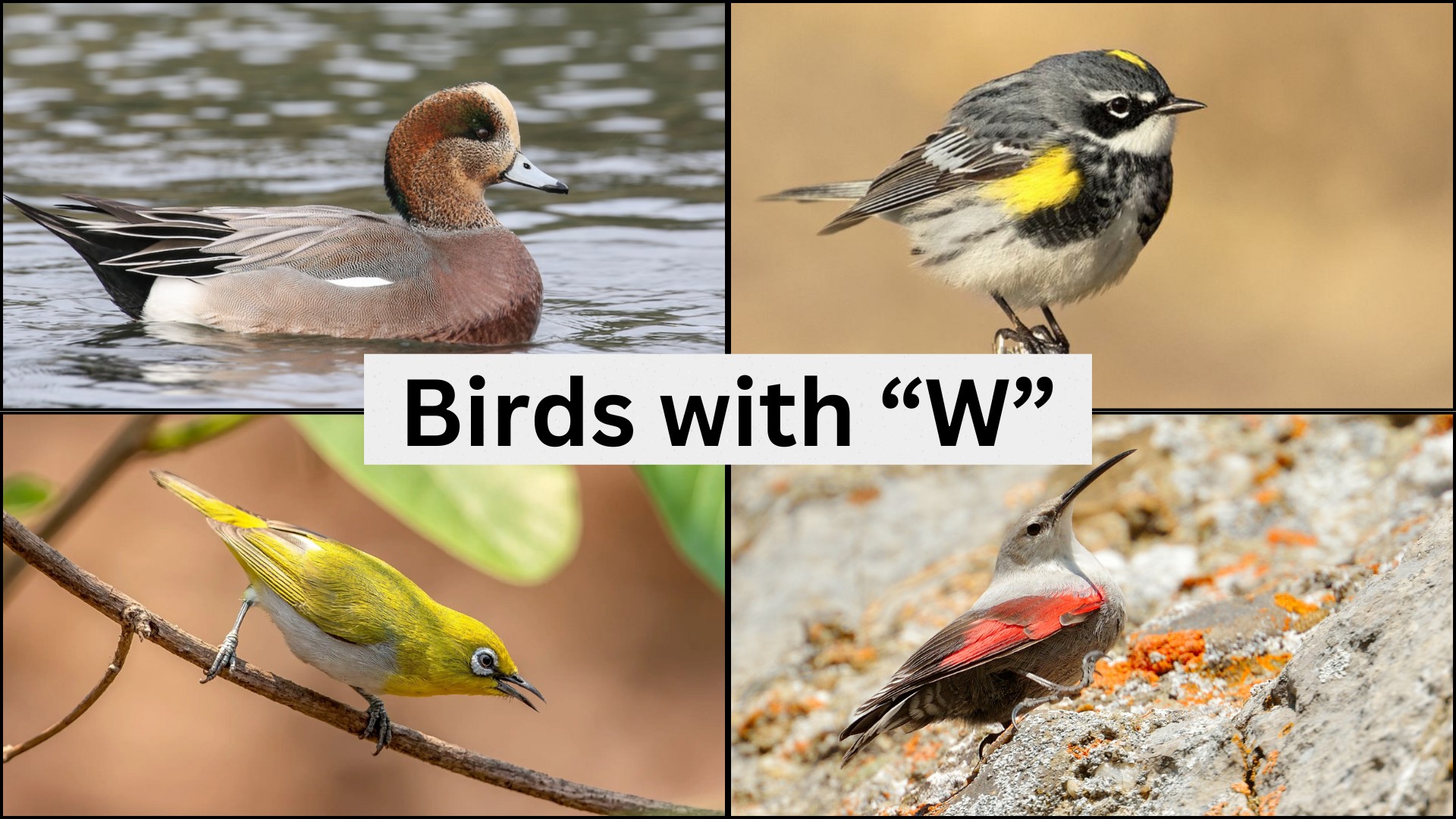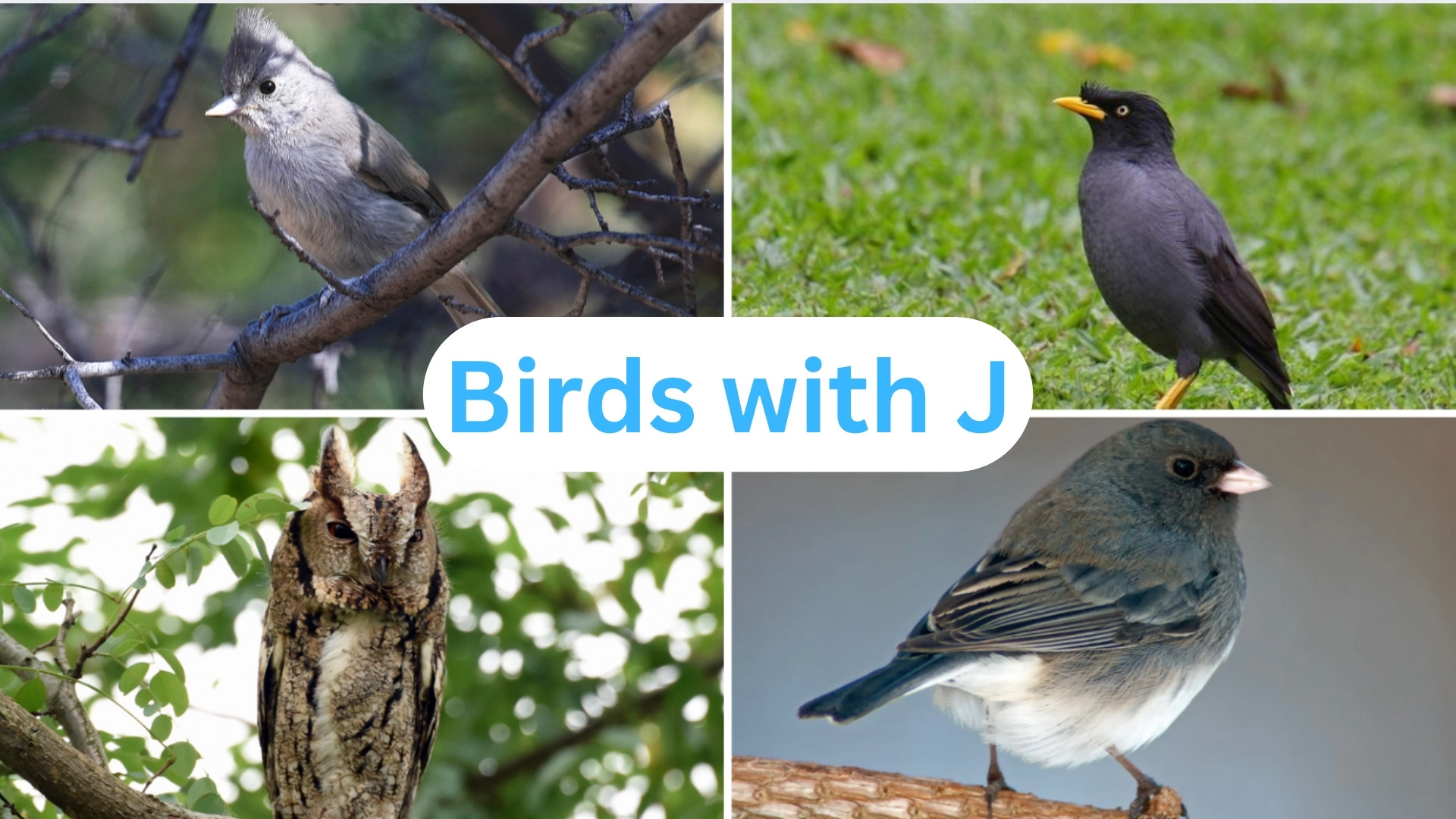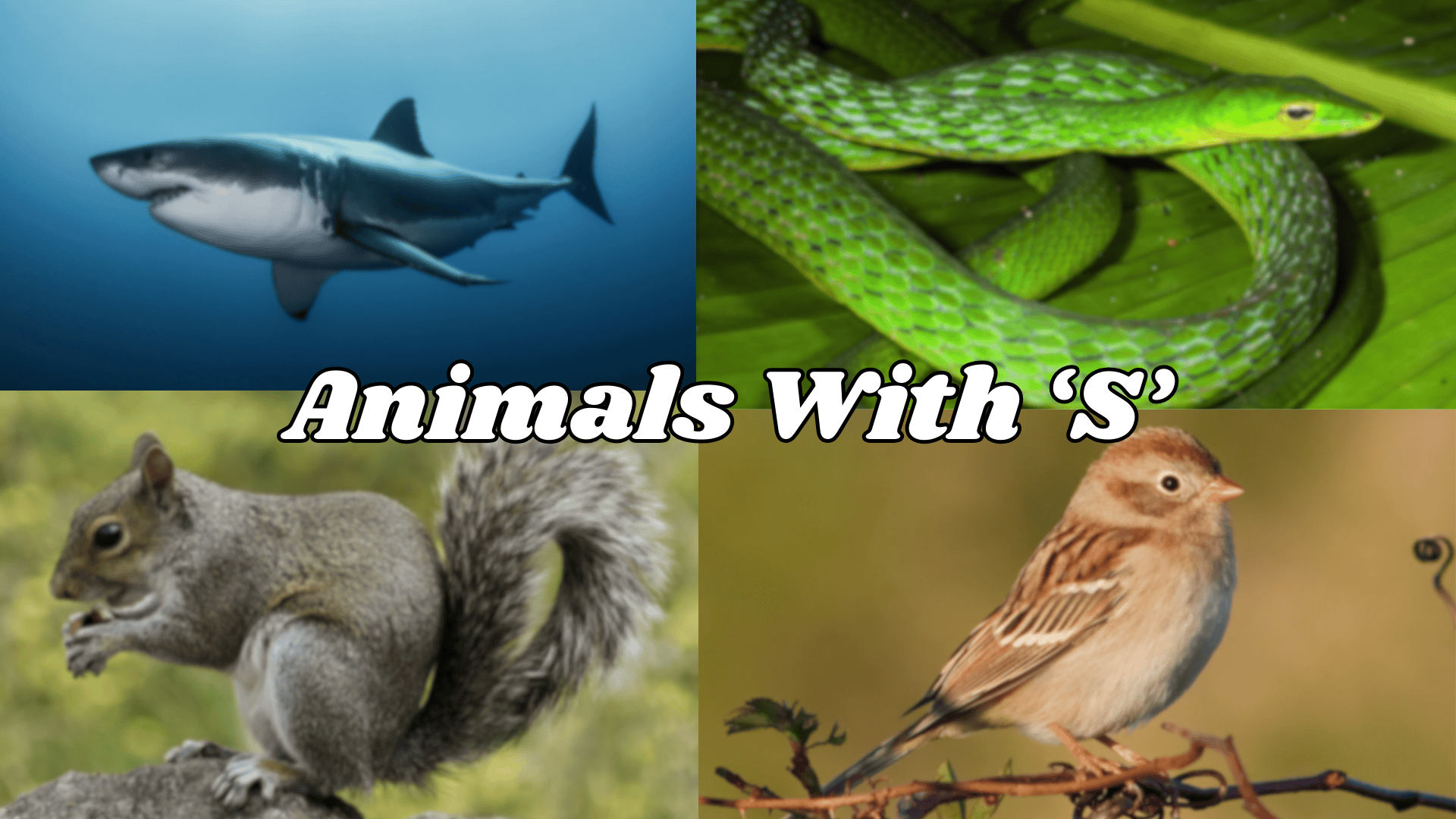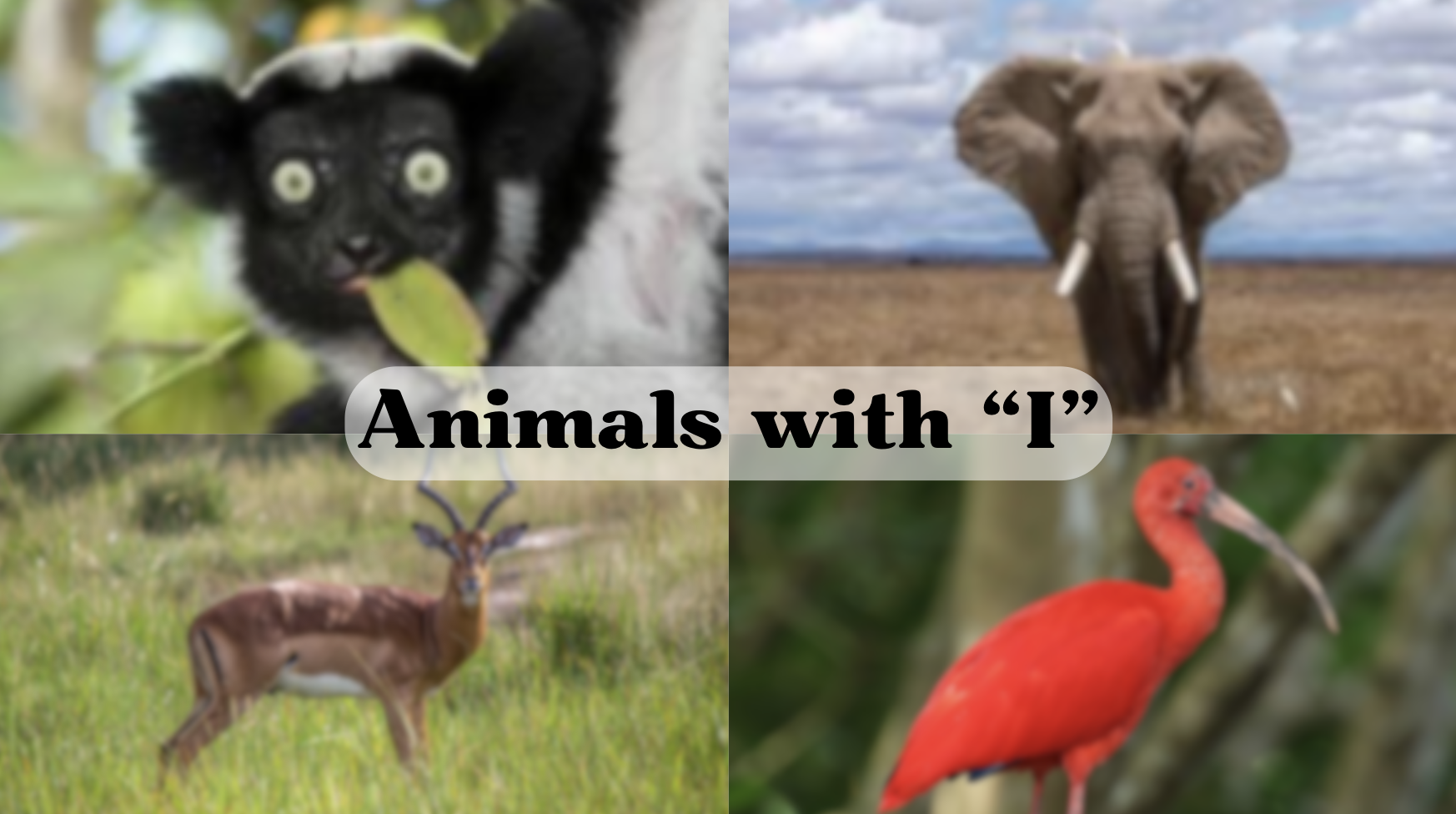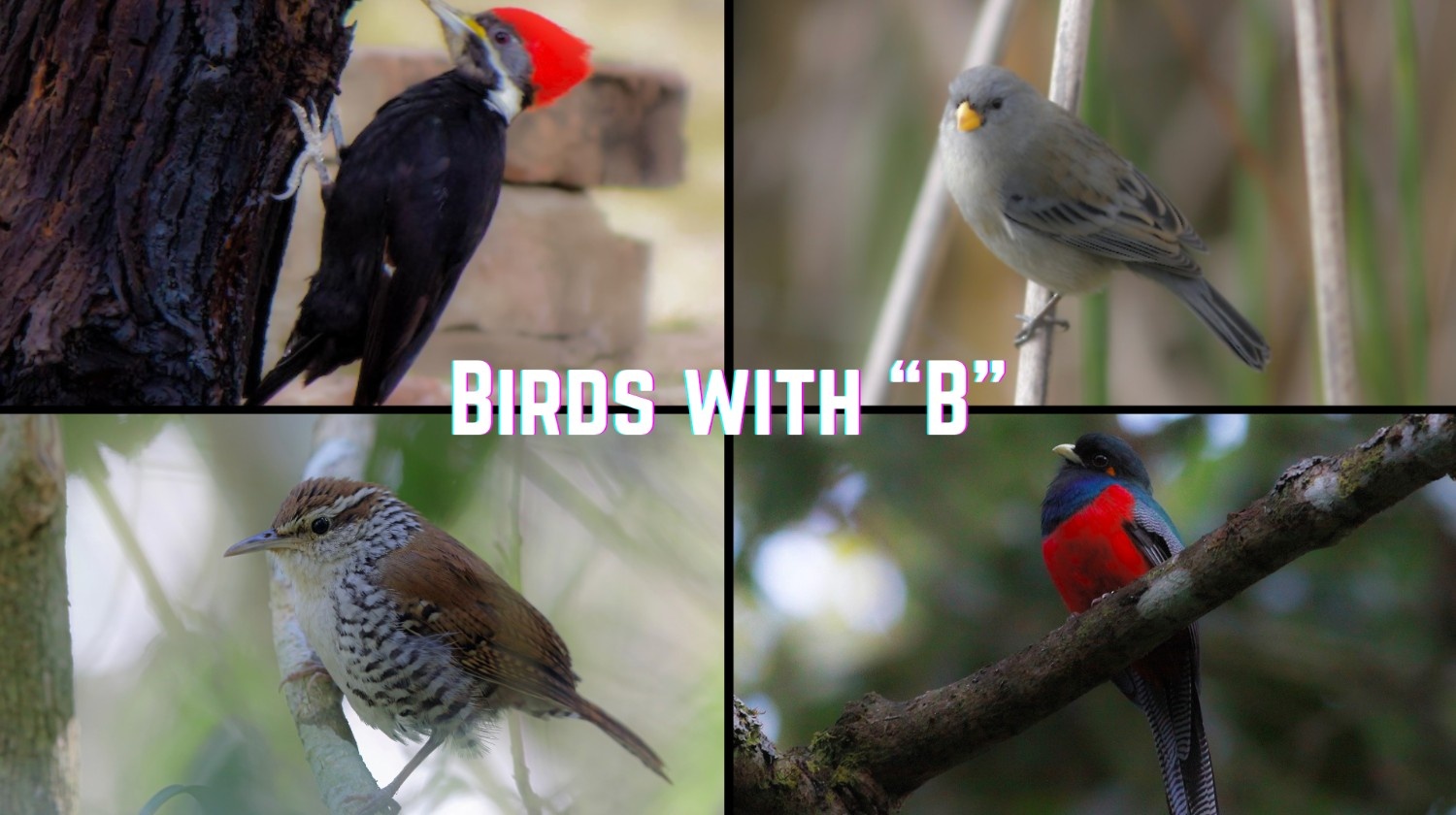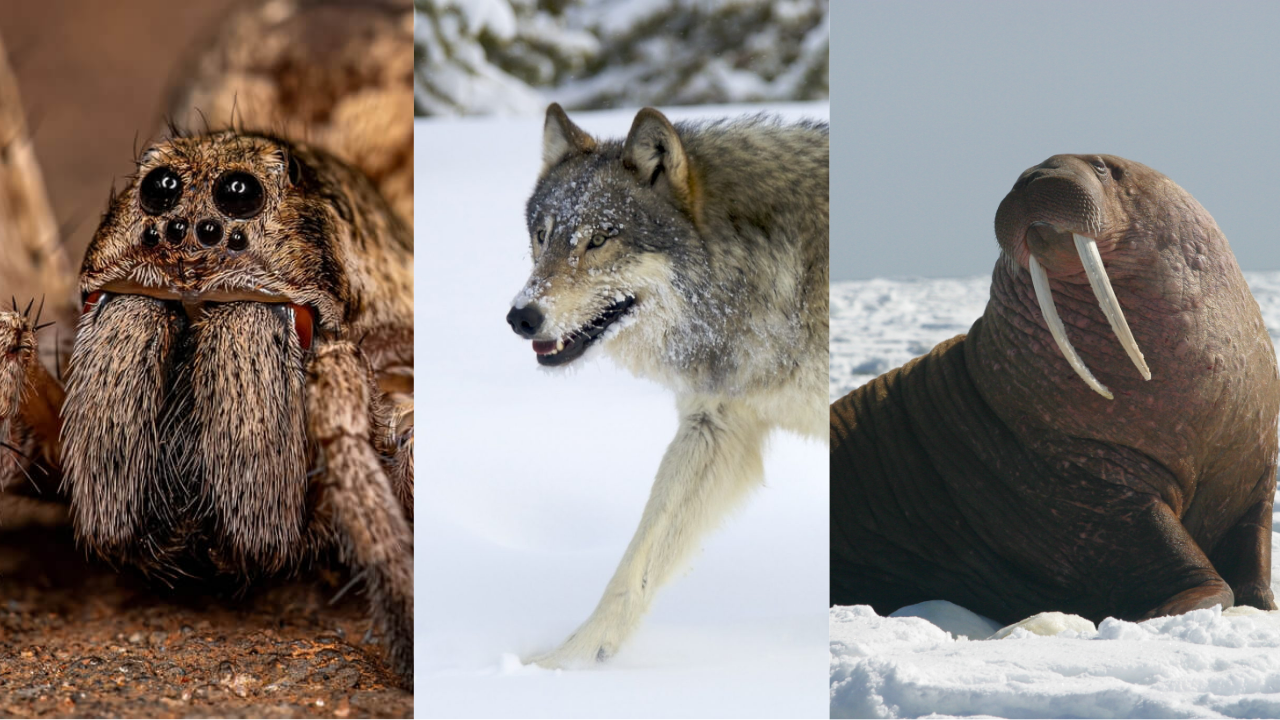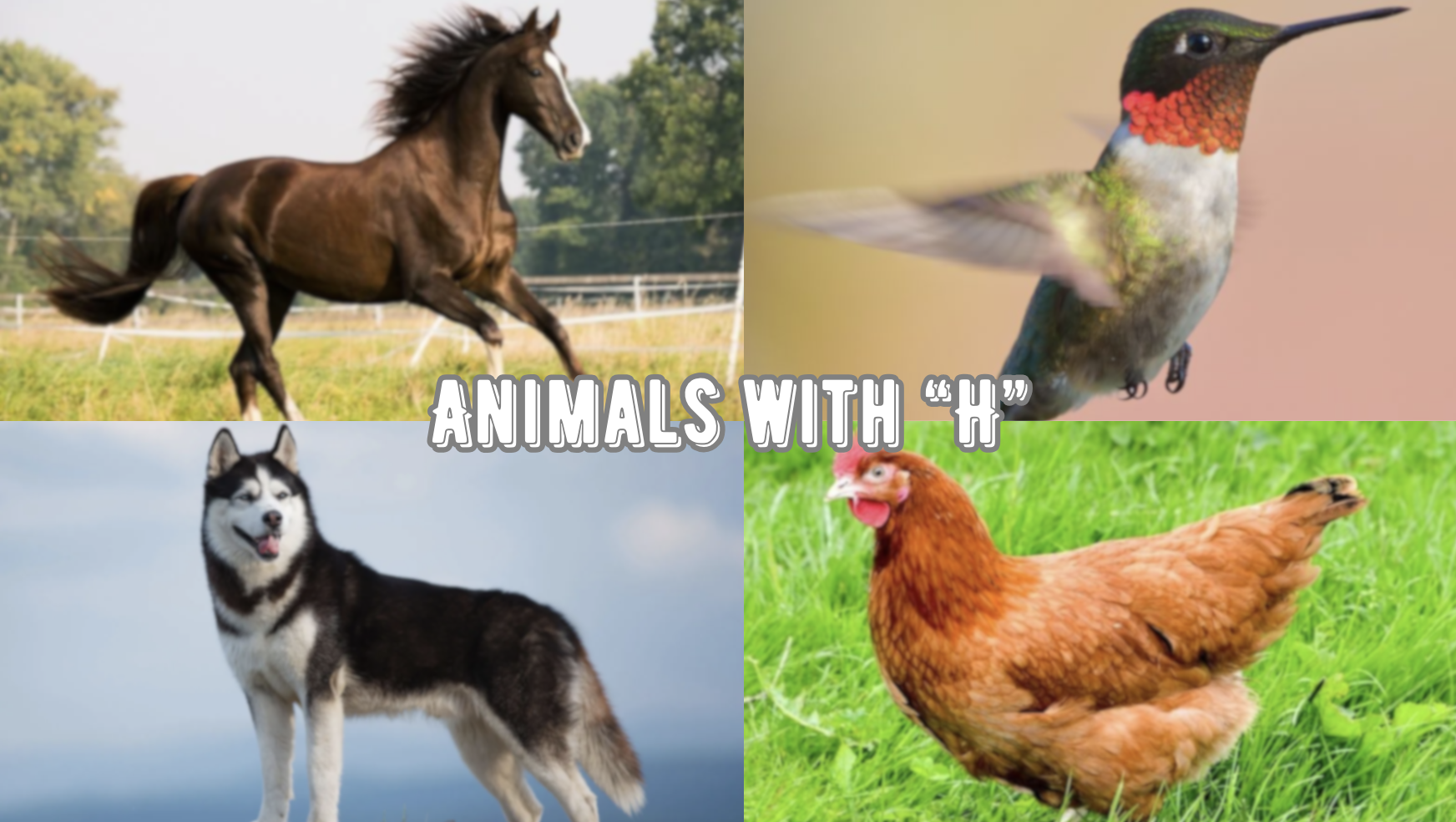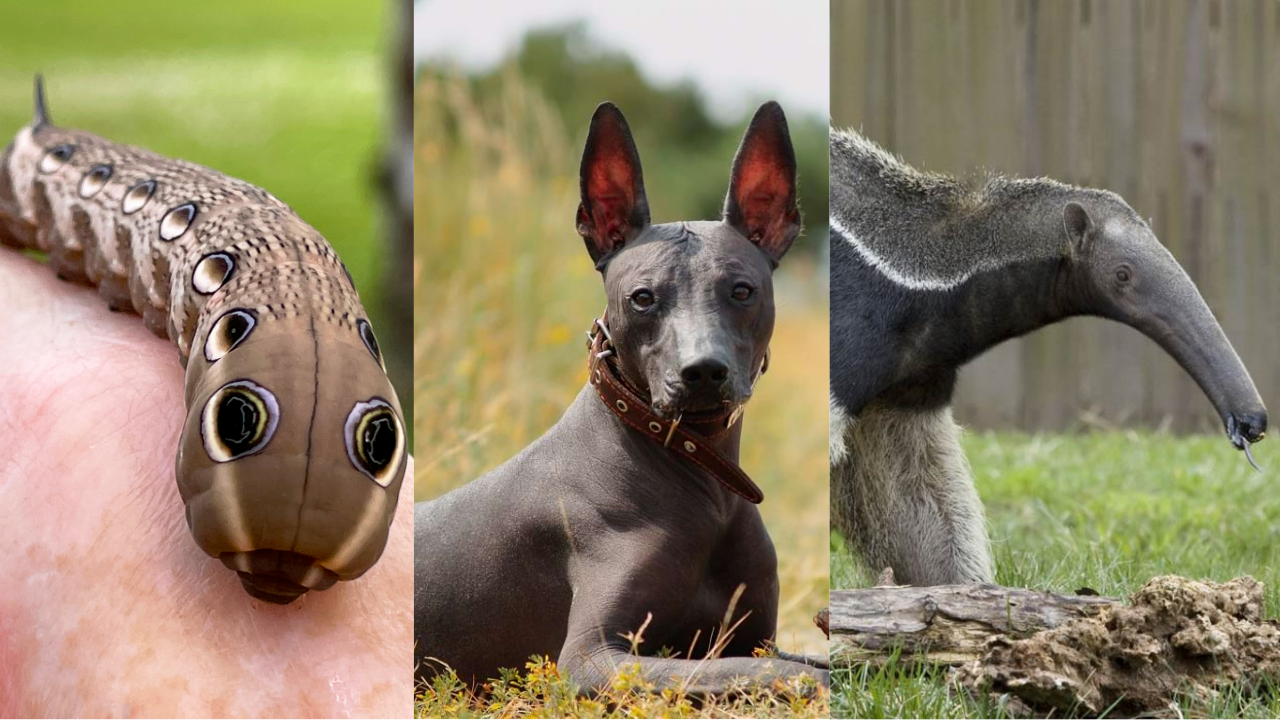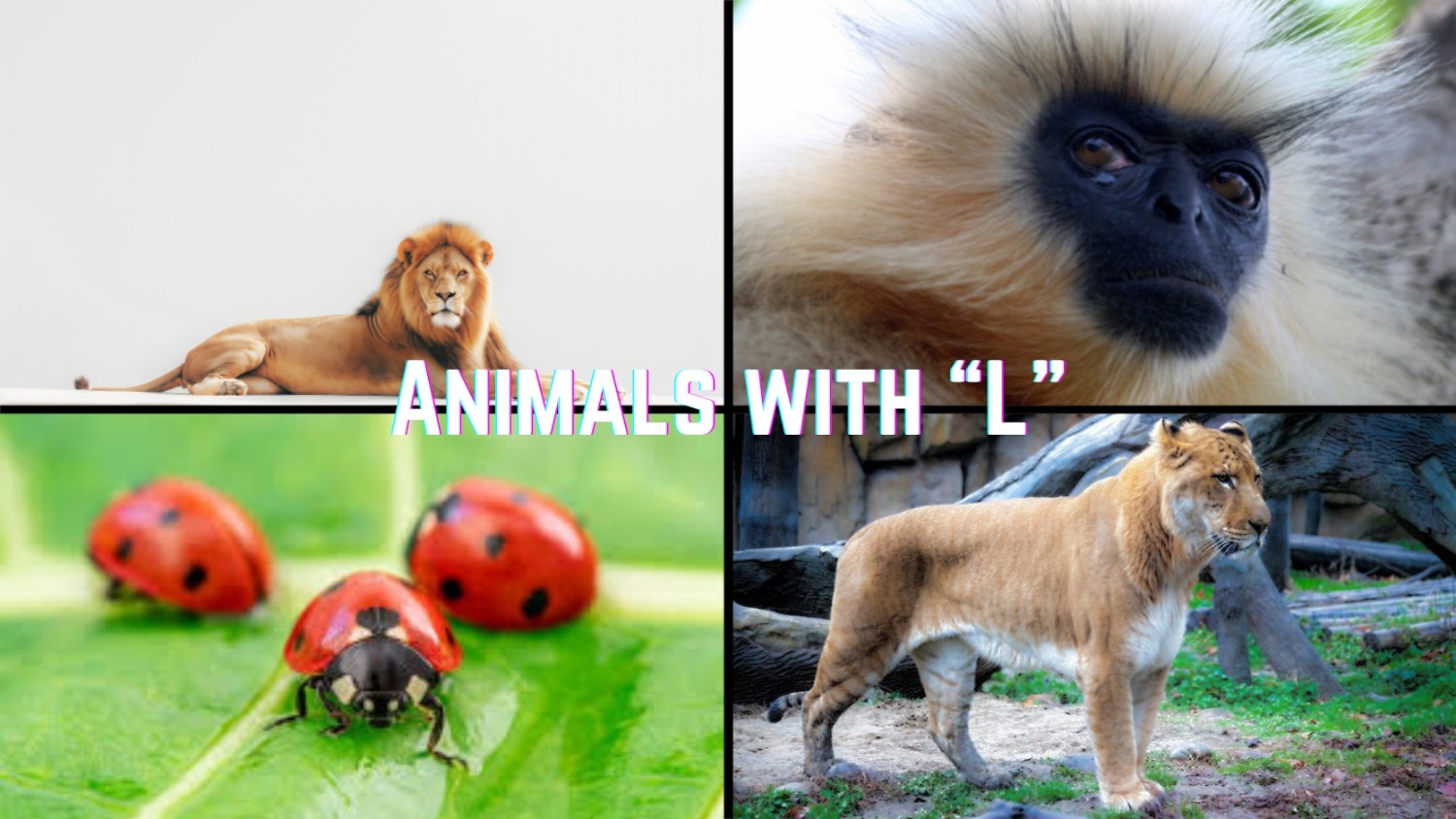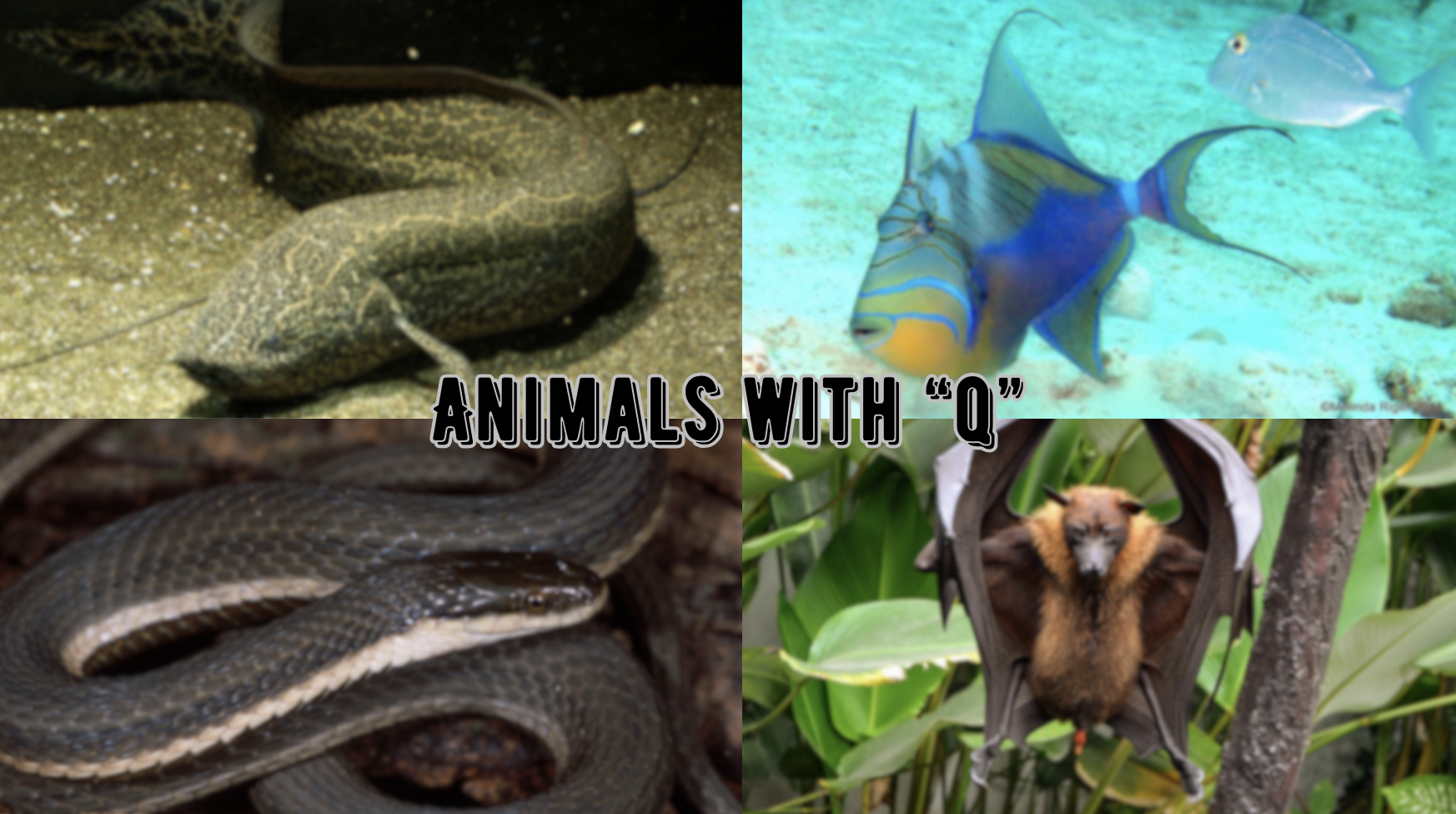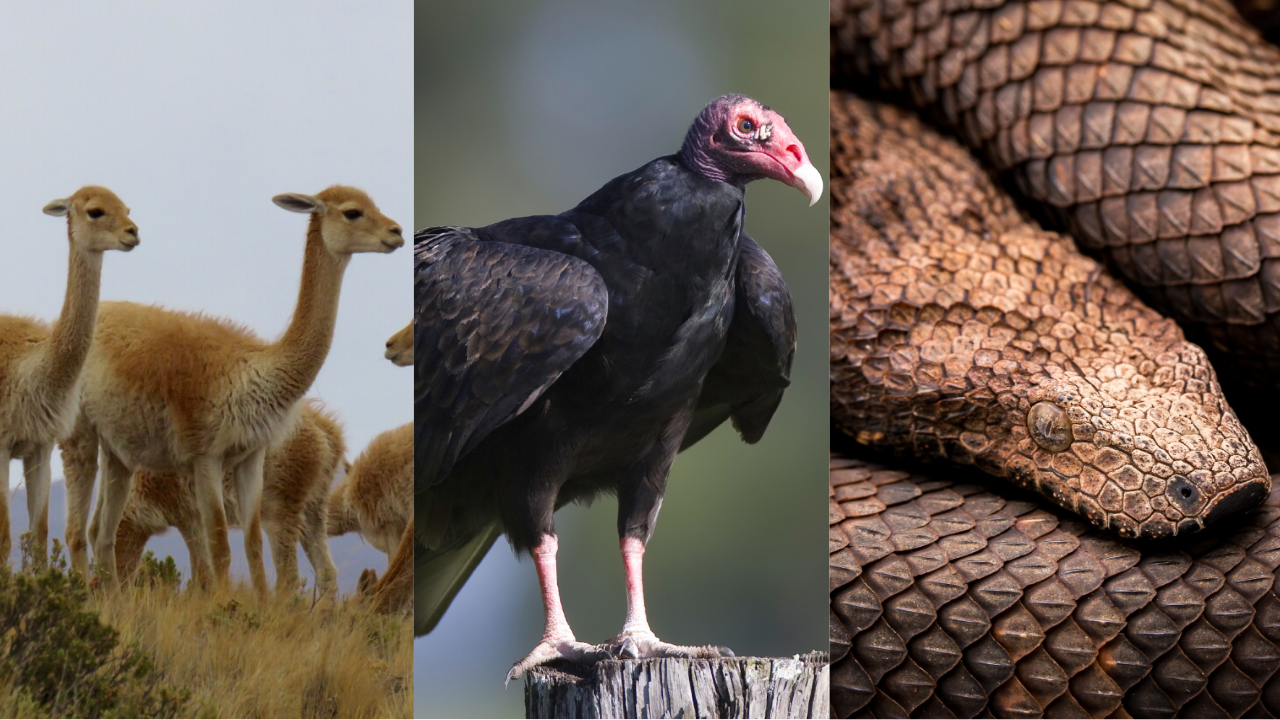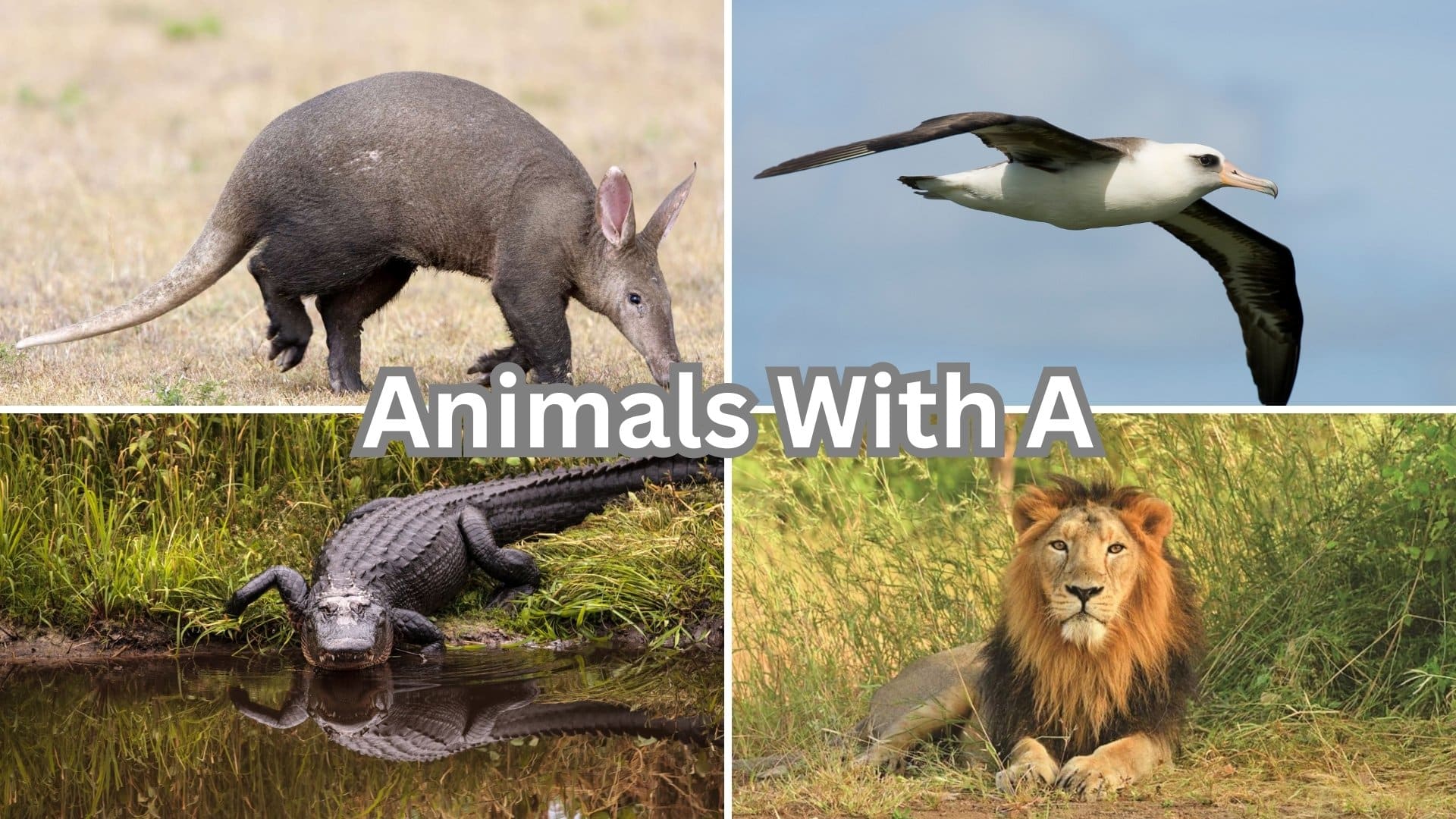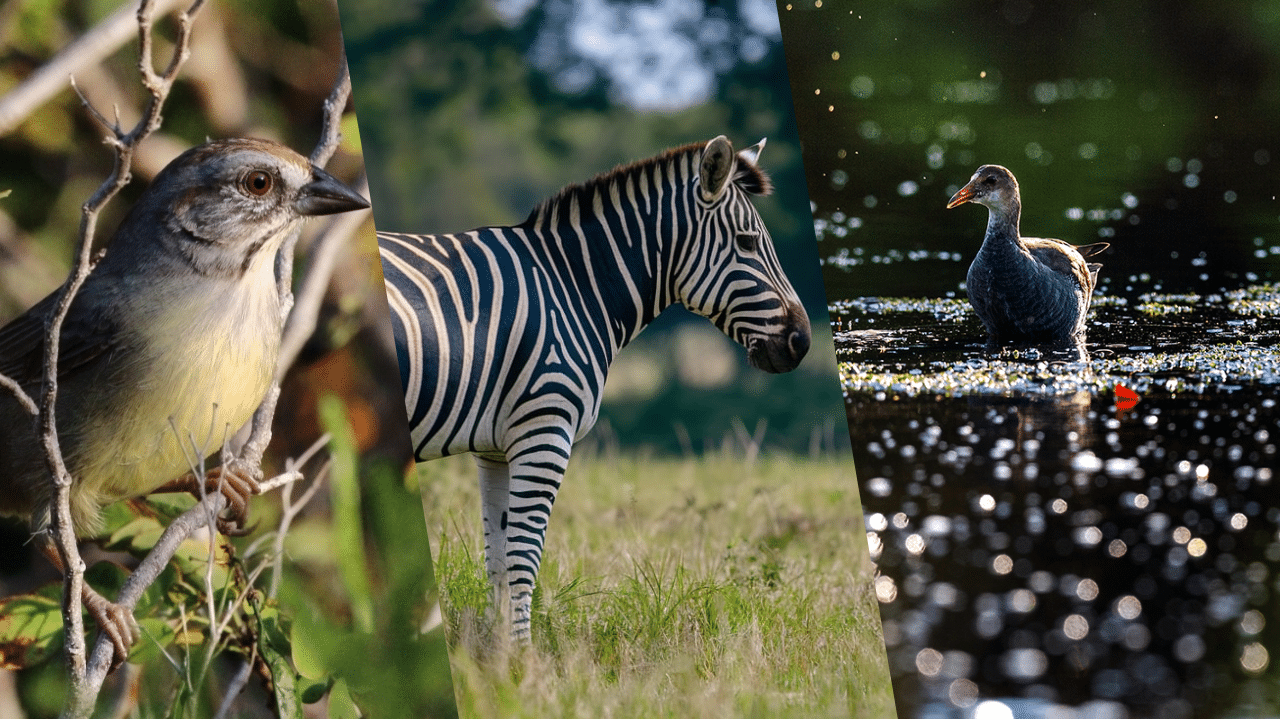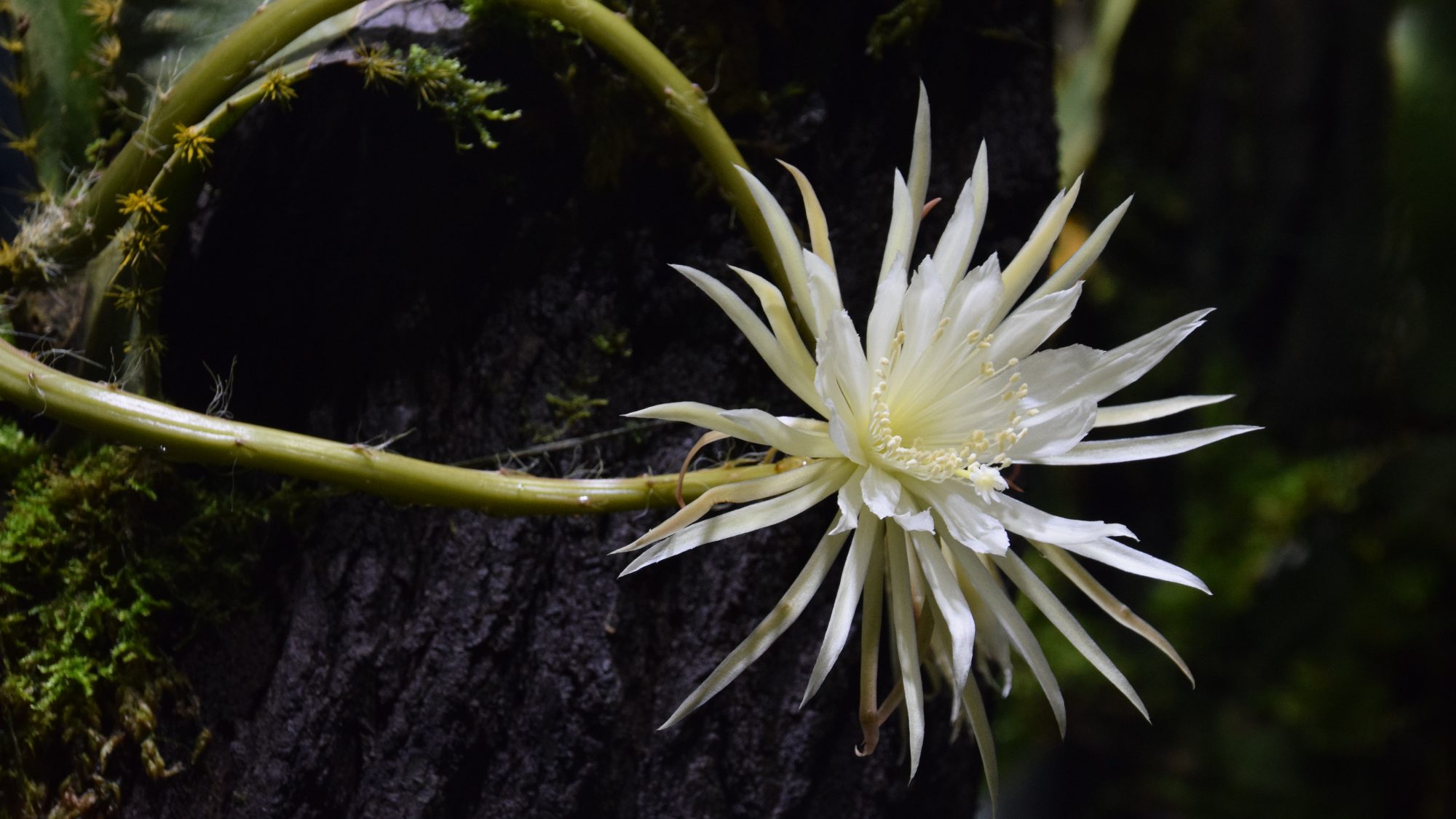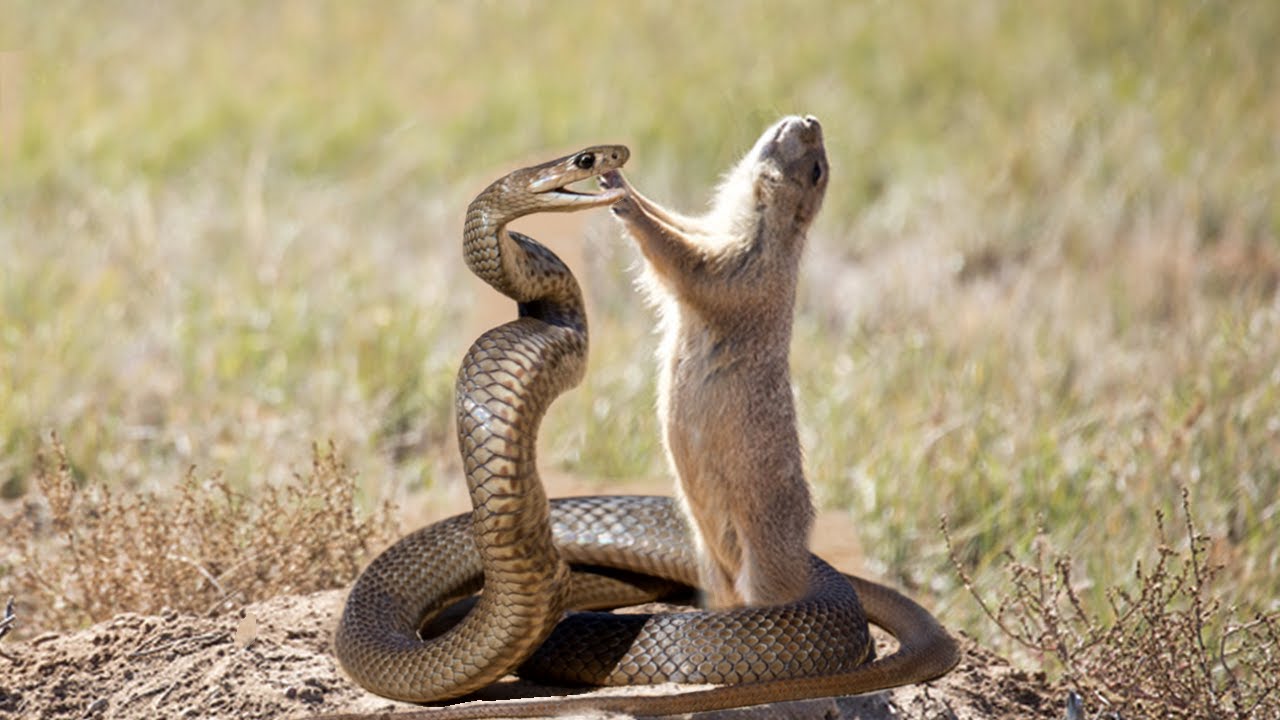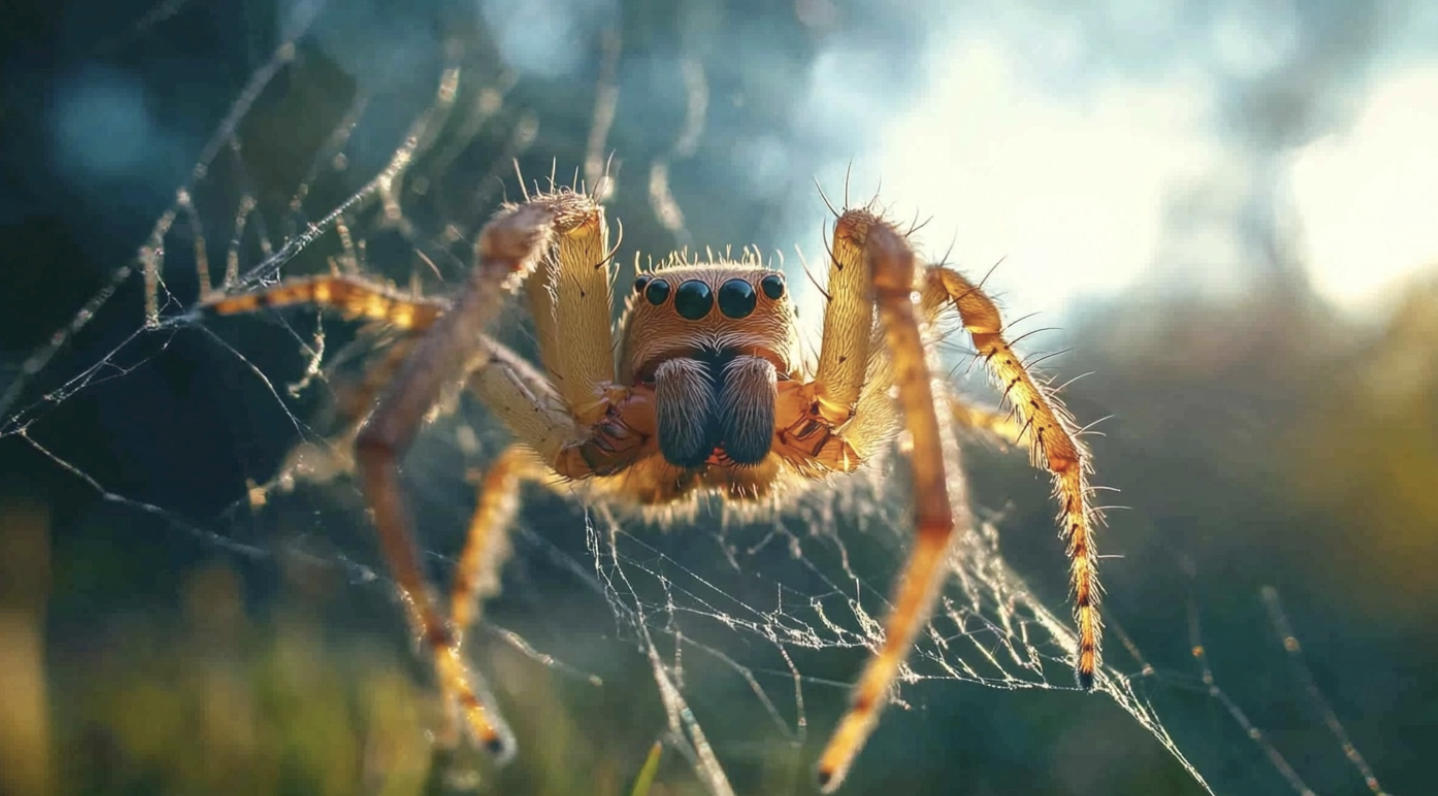
Welcome to our comprehensive guide to animals that begin with the letter “T”! This exploration covers a diverse range of creatures, from the majestic tiger to the tiny tree frog.
Are you a student working on a school project, an animal enthusiast expanding your knowledge, or simply curious about wildlife?
You’ll find detailed information about each animal’s physical characteristics, habitat, scientific classification, and unique behaviors.
Each profile includes interesting facts that highlight what makes these animals special in the natural world.
Join us as we dig into the remarkable adaptations, surprising abilities, and ecological roles of these “T” animals, showcasing the incredible diversity of life on our planet.
What Are the Most Common Animals Starting with ‘T’?
1. Tiger

Tigers are the largest wild cats, known for their striking orange coats with black stripes. They can grow up to 10 feet long and weigh over 600 pounds. Tigers have powerful muscles, sharp claws, and excellent night vision, making them formidable predators.
-
Region of Habitat: Asia, including forests, mangroves, and grasslands
-
Scientific Name:Panthera tigris
-
Feeding Habits: Carnivorous; preys on deer, wild boar, and buffalo, using stealth and strength to ambush prey
-
What Sound They Make: Roars, growls, and chuffing sounds used for communication, marking territory, and mating calls
Fun Facts:
Unlike many cats, tigers enjoy water and are strong swimmers. They can cross rivers up to 5 miles (8 km) wide and swim up to 18 miles (29 km) in a day.
2. Toucan
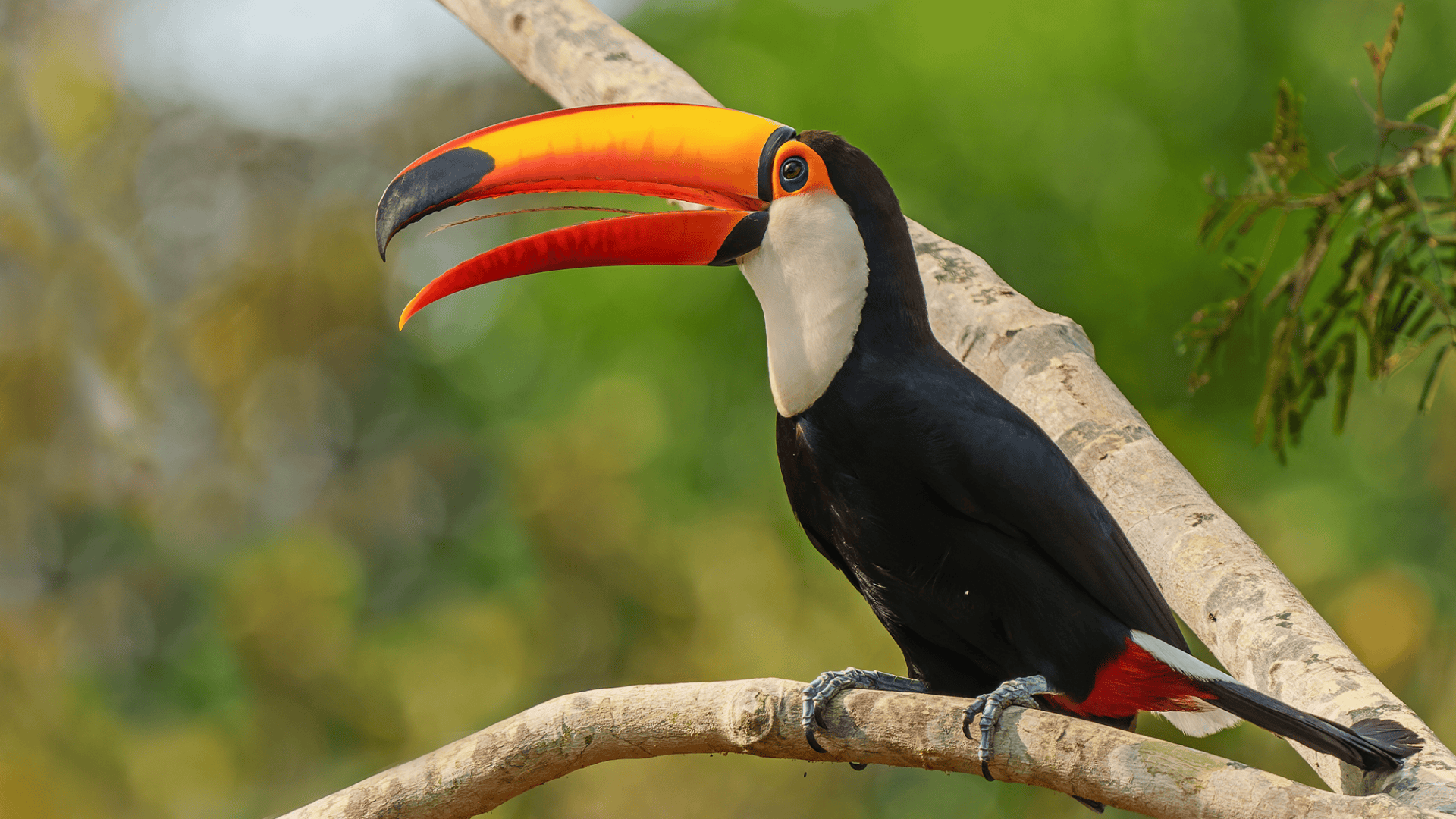
Toucans are brightly colored birds recognized for their large, vibrant beaks. They are typically medium-sized, growing up to 25 inches in length. Their beaks help them reach fruit on branches that are too thin to support their weight.
-
Region of Habitat: Central and South America, primarily in rainforests
-
Scientific Name:Ramphastos
-
Feeding Habits: Omnivorous; eats fruits, insects, and small lizards
-
What Sound They Make: Croaking, clicking, and barking sounds used for communication
Fun Facts:
Toucans sleep with their bills tucked under their wings and tails to conserve heat, as their large bills can release body heat to help regulate their temperature.
3. Tarantula
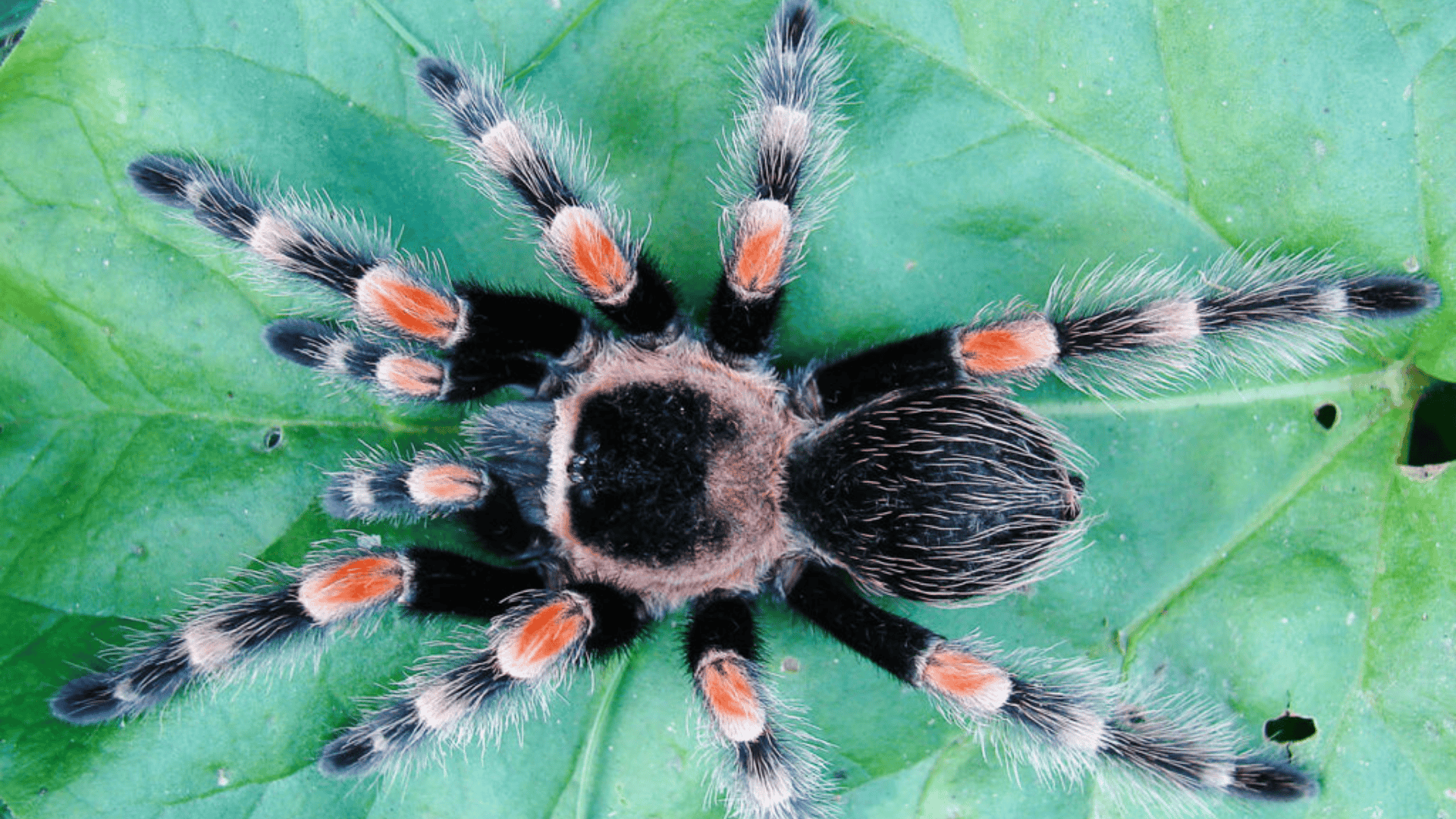
Tarantulas are large, hairy spiders known for their intimidating appearance. They can grow up to 11 inches across and are often found burrowing underground or in trees.
-
Region of Habitat: Warm regions worldwide, including South America, Africa, and Asia
-
Scientific Name:Theraphosidae
-
Feeding Habits: Carnivorous; preys on insects, small rodents, and amphibians by injecting venom
-
What Sound They Make: Some species produce a hissing sound by rubbing their legs together
Fun Facts:
Tarantulas can live remarkably long lives, with females of some species living up to 30 years in captivity, though males typically live only a few years after reaching maturity.
4. Tortoise

Tortoises are land-dwelling reptiles known for their hard, domed shells and slow movement. Some species can live over 100 years and weigh more than 500 pounds.
-
Region of Habitat: Deserts, grasslands, and forests worldwide
-
Scientific Name:Testudinidae
-
Feeding Habits: Herbivorous; eats grasses, leaves, and fruits
-
What Sound They Make: Hissing, grunting, and low-frequency vibrations for communication
Fun Facts:
Tortoises are among the longest-living animals on Earth, with some species capable of living well over 100 years. Their heavy shells and lack of webbed feet make them poorly adapted for aquatic environments.
5. Turkey
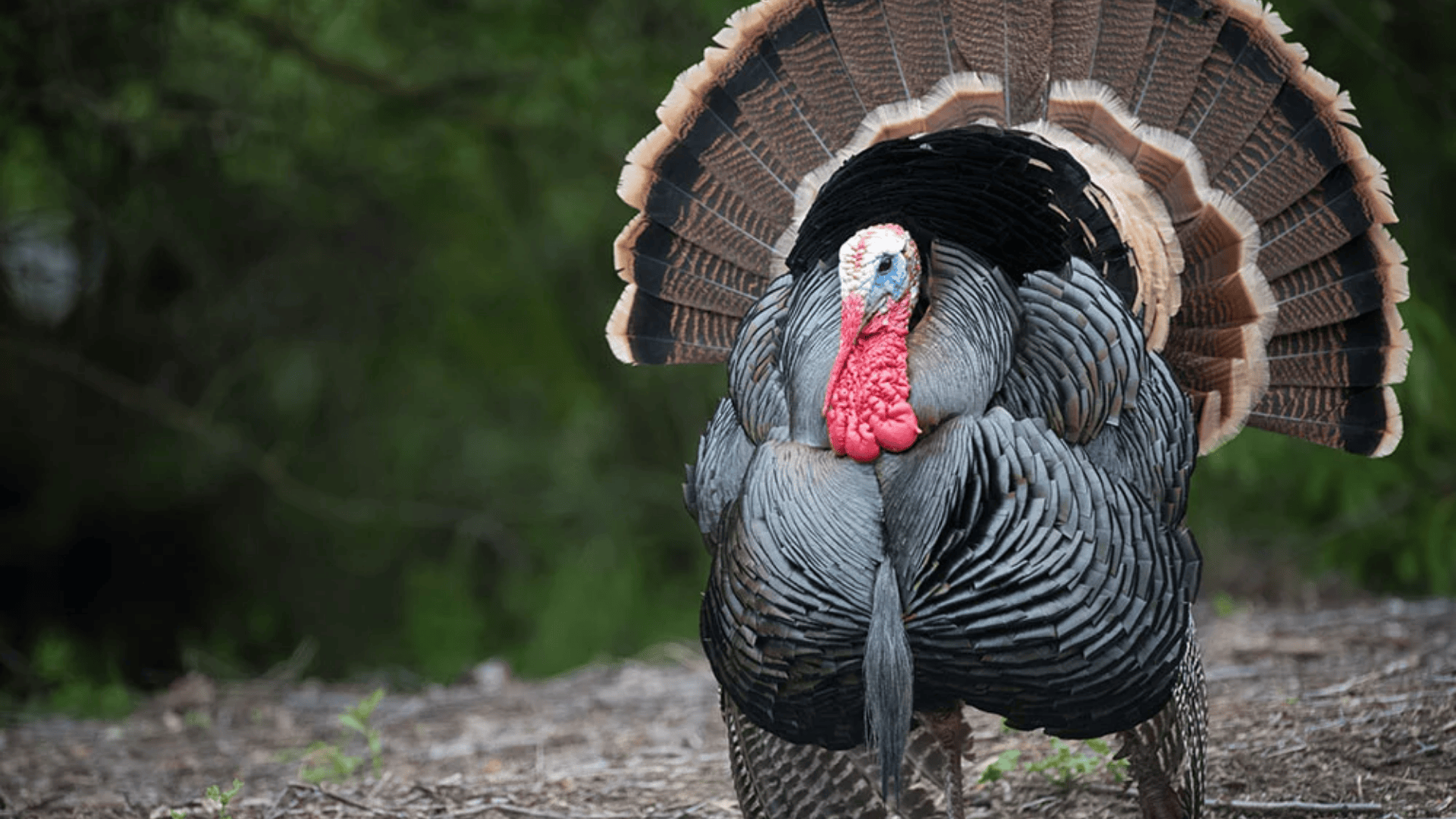
Turkeys are large, ground-dwelling birds with fan-shaped tails and wattled necks. Males, known as toms, display iridescent feathers and use elaborate courtship displays to attract mates.
-
Region of Habitat: North America, primarily in forests and grasslands
-
Scientific Name:Meleagris gallopavo
-
Feeding Habits: Omnivorous; consumes seeds, insects, and small reptiles
-
What Sound They Make: Gobbles, clucks, and purrs for communication and mating calls
Fun Facts:
Turkeys have excellent vision with a 270-degree field of view, allowing them to detect movement and potential predators from great distances, and they sleep in trees at night for protection.
6. Tuna
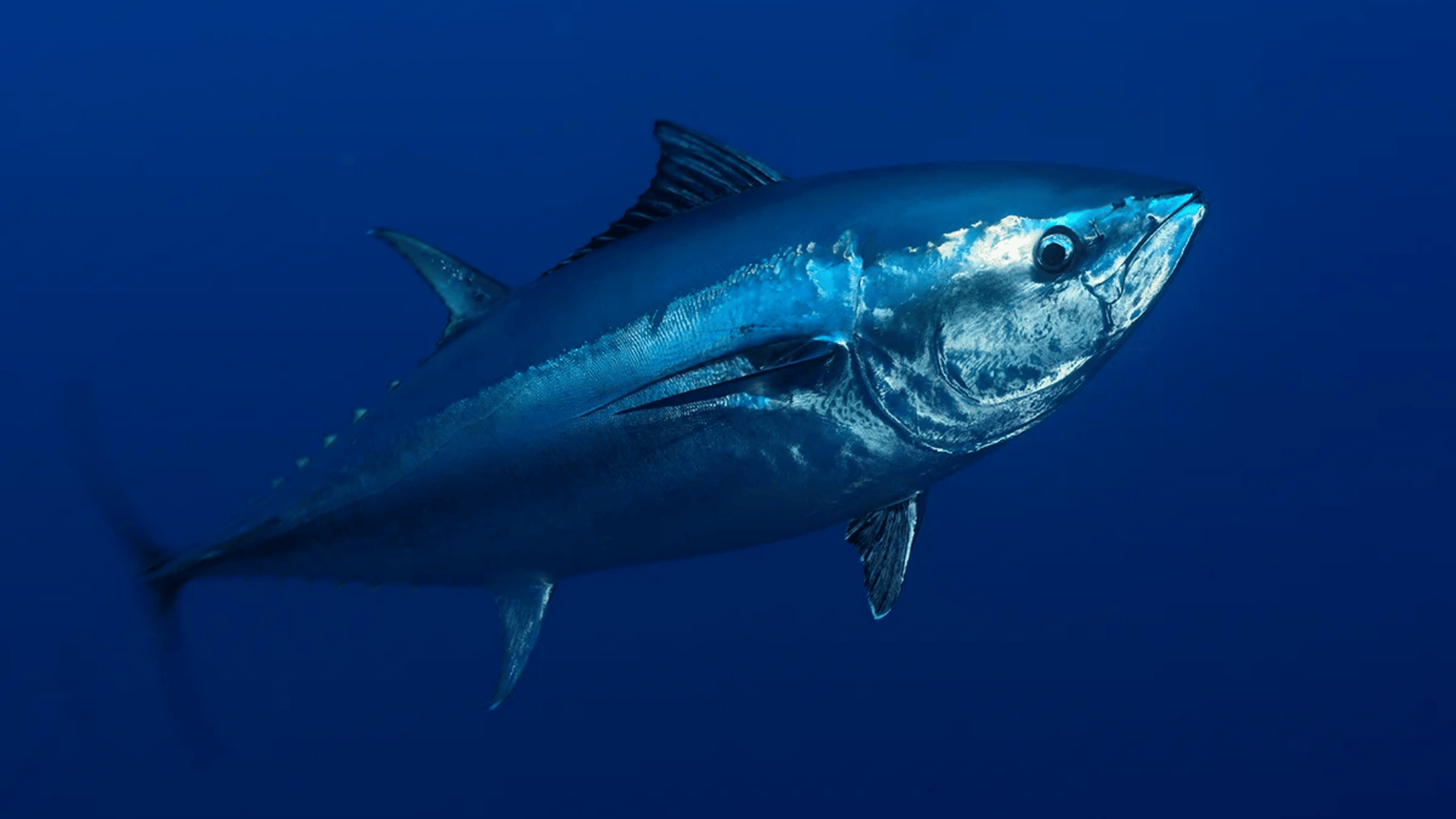
Tuna are large, fast-swimming fish known for their streamlined bodies and incredible speed. Some species, like the Atlantic bluefin, can grow over 10 feet long and weigh more than 1,500 pounds.
-
Region of Habitat: Oceans worldwide, from tropical to temperate waters
-
Scientific Name:Thunnini
-
Feeding Habits: Carnivorous; feeds on smaller fish, squid, and crustaceans
-
What Sound They Make: Generally silent, but can create vibrations detected by other fish
Fun Facts:
Tuna are warm-blooded fish (endothermic). They maintain body temperatures up to 20°F (11°C) higher than the surrounding water, enabling greater muscle efficiency and speed.
7. Tilapia

Tilapia are freshwater fish widely farmed for food due to their fast growth and mild taste. They are typically small to medium-sized, reaching up to 2 feet in length.
-
Region of Habitat: Africa, South America, and parts of Asia in freshwater lakes and rivers
-
Scientific Name:Oreochromis
-
Feeding Habits: Omnivorous; eats algae, plankton, and aquatic plants
-
What Sound They Make: Generally silent, but some species produce grunting noises
Fun Facts:
Many tilapia species practice mouthbrooding, where one parent (usually the female) carries fertilized eggs and newly hatched fry in their mouth for protection until the young are developed enough to survive on their own.
8. Tapir
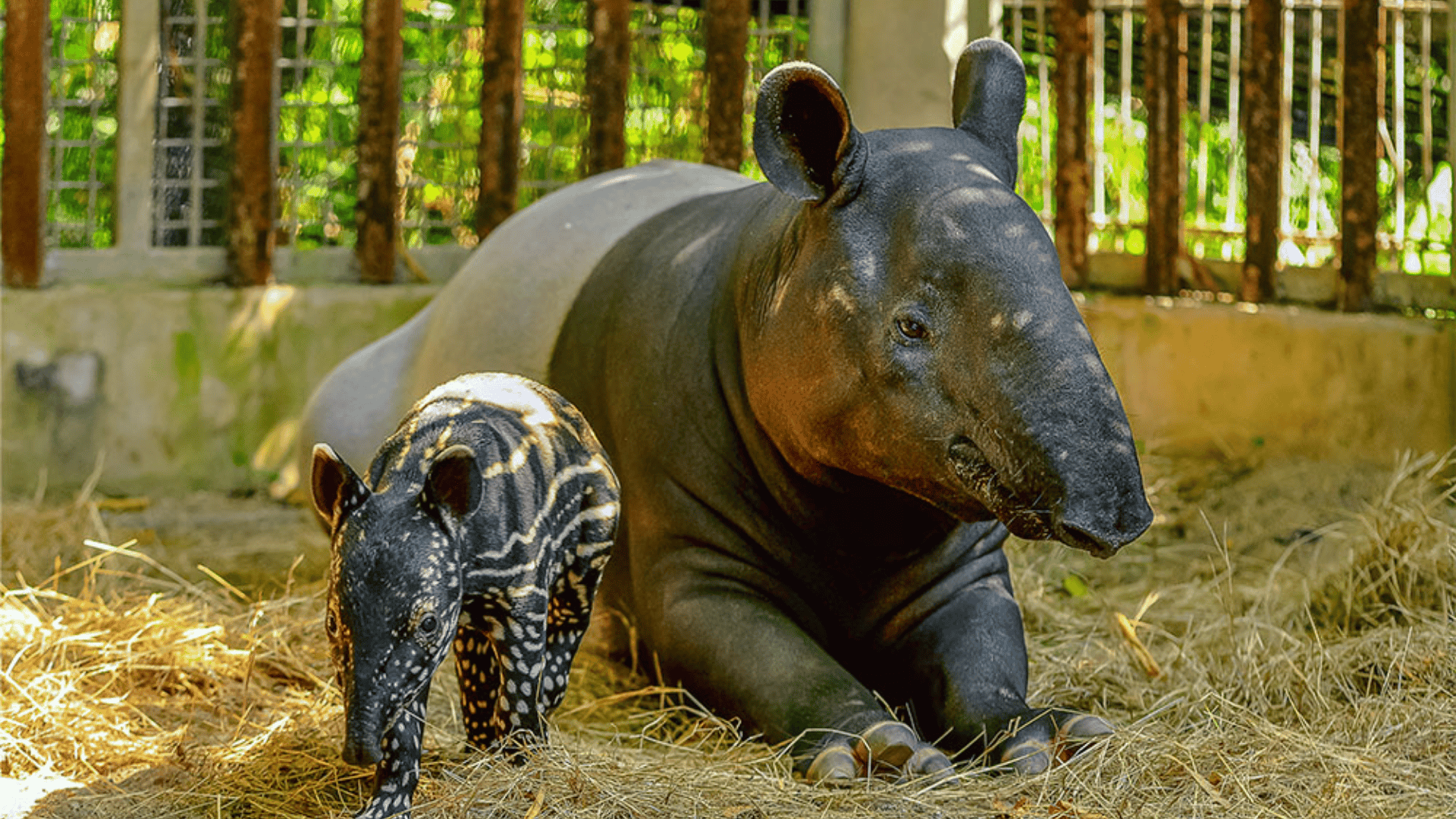
Tapirs are large, herbivorous mammals with short trunks that they use for grabbing leaves and fruit. They can weigh over 700 pounds and have a strong, stocky build.
-
Region of Habitat: Central and South America, and Southeast Asia in tropical forests
-
Scientific Name:Tapirus
-
Feeding Habits: Herbivorous; eats leaves, fruits, and aquatic vegetation
-
What Sound They Make: High-pitched whistles and snorts for communication
Fun Facts:
Tapirs are excellent swimmers and divers who often flee to water when threatened, where they can stay submerged for several minutes with just their snout above water like a snorkel.
9. Tarantula Hawk
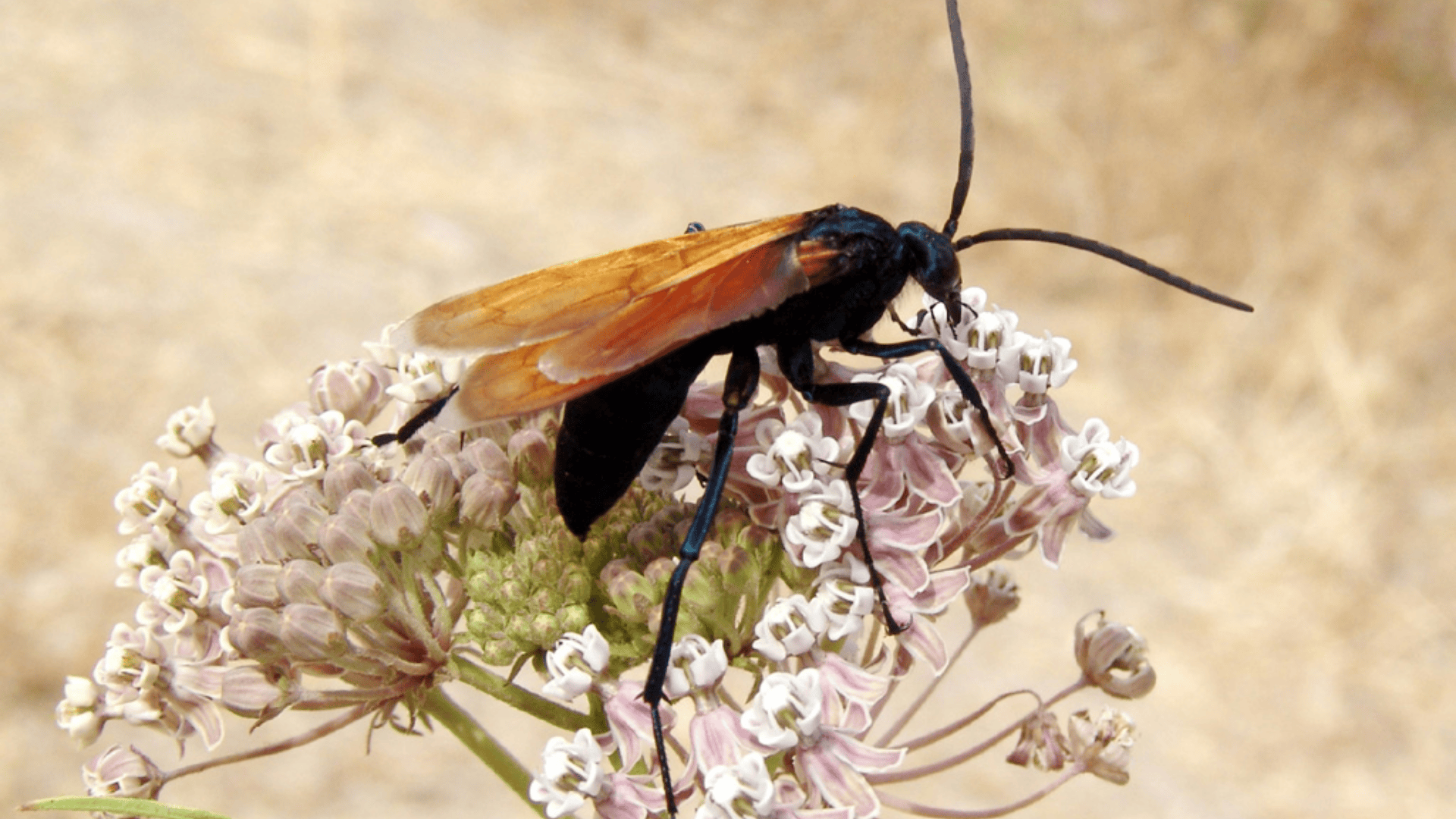
The tarantula hawk is a large, striking wasp known for its powerful sting, used to paralyze tarantulas before laying eggs inside them. These wasps have metallic blue bodies and orange wings.
-
Region of Habitat: Deserts and arid regions of North and South America
-
Scientific Name:Pepsis
-
Feeding Habits: Adults feed on nectar, while larvae consume paralyzed tarantulas
-
What Sound They Make: Buzzing and clicking sounds for communication
Fun Facts:
The tarantula hawk’s sting is considered one of the most painful insect stings in the world, ranking second only to the bullet ant on the Schmidt Pain Index.
10. Tree Frog
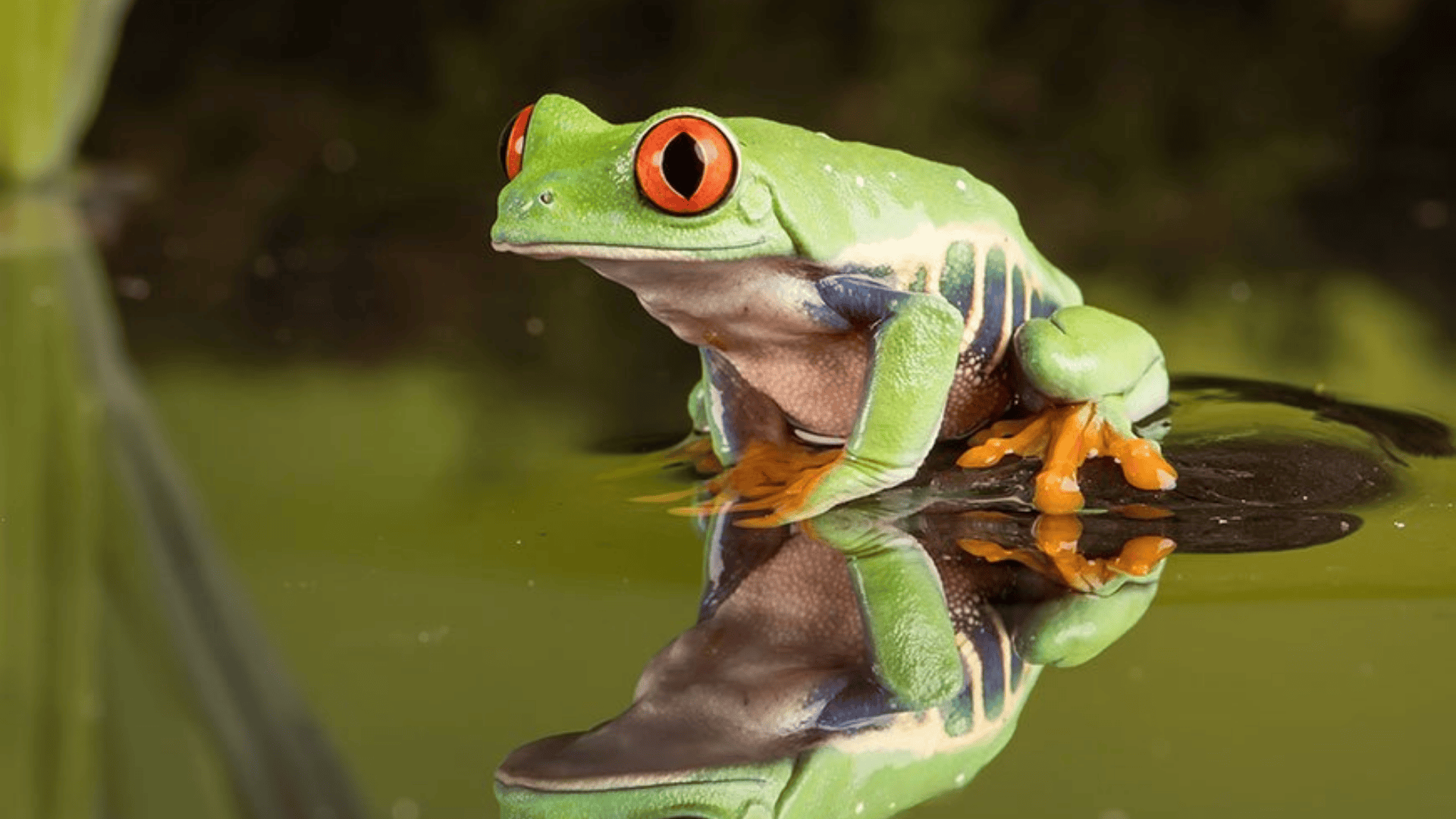
Tree frogs are small amphibians known for their sticky toe pads that allow them to climb trees. They come in various colors, often with bright patterns for camouflage.
-
Region of Habitat: Rainforests, wetlands, and woodlands worldwide
-
Scientific Name:Hylidae
-
Feeding Habits: Insectivorous; preys on insects, spiders, and small invertebrates
-
What Sound They Make: Chirping, trilling, and croaking sounds for communication and mating
Fun Facts:
Tree frogs’ toe pads function through a combination of mucus secretions and specialized cells that create molecular attraction to surfaces.
11. Tawny Owl
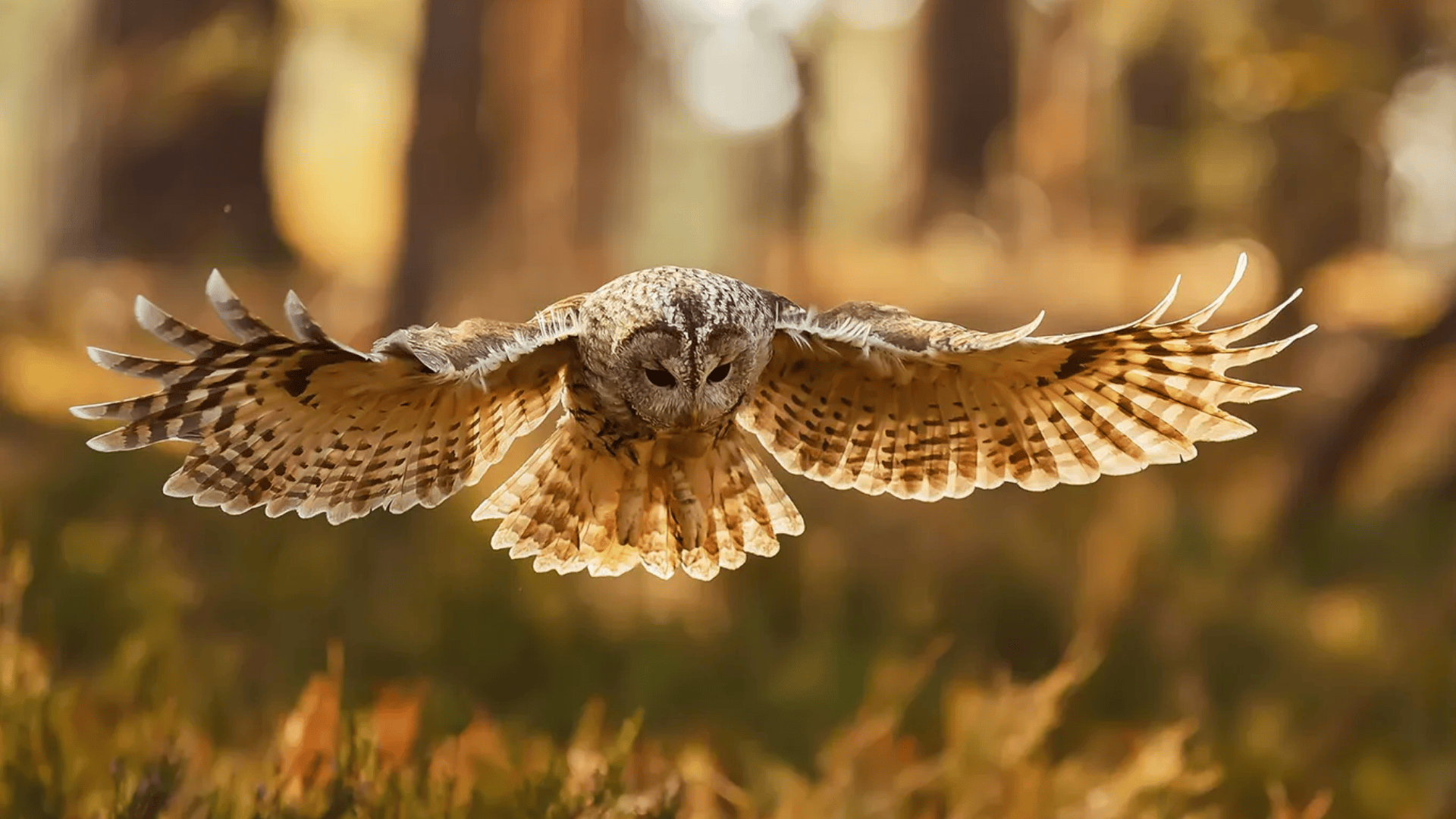
The tawny owl is a medium-sized nocturnal bird of prey with a rounded head, dark eyes, and a mottled brown plumage that provides excellent camouflage in woodland habitats.
-
Region of Habitat: Europe and parts of Asia, primarily in forests and woodlands
-
Scientific Name:Strix aluco
-
Feeding Habits: Carnivorous; preys on small mammals, birds, and insects, hunting primarily at night
-
What Sound They Make: A distinctive “hoo-hoo” call, often heard in forests at night
Fun Facts:
Tawny Owls are highly territorial and often mate for life, with pairs using the same nesting site year after year. Some territories have been occupied continuously by successive generations for decades.
12. Texas Horned Lizard
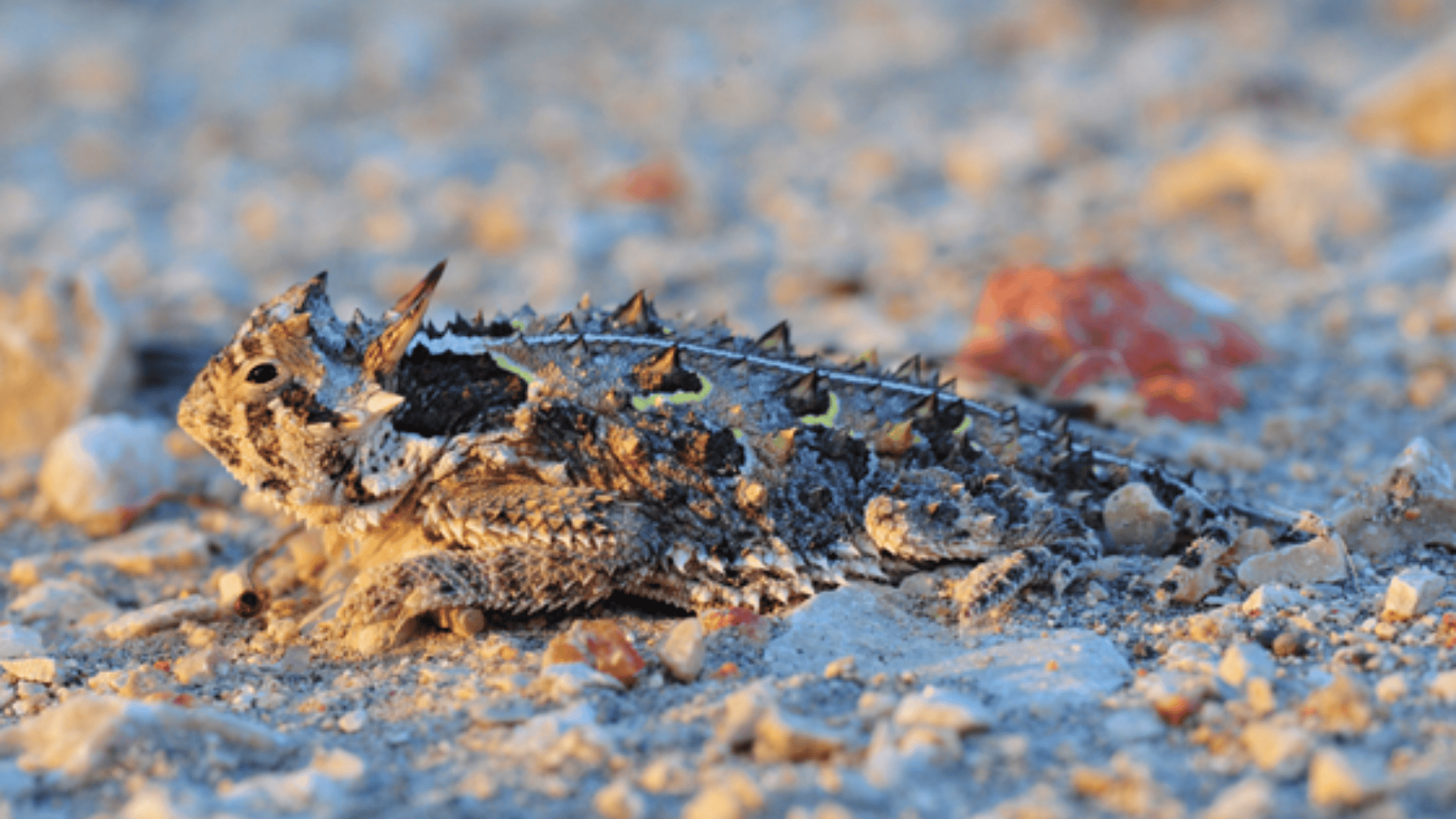
The Texas horned lizard is a small, spiky reptile known for its unique ability to squirt blood from its eyes as a defense mechanism against predators.
-
Region of Habitat: Southwestern United States and northern Mexico, primarily in deserts and grasslands
-
Scientific Name:Phrynosoma cornutum
-
Feeding Habits: Insectivorous; primarily eats ants, supplemented with beetles and grasshoppers
-
What Sound They Make: Generally silent but may hiss when threatened
Fun Facts:
When threatened, Texas Horned Lizards have the remarkable ability to squirt blood from the corners of their eyes at predators.
13. Timber Wolf
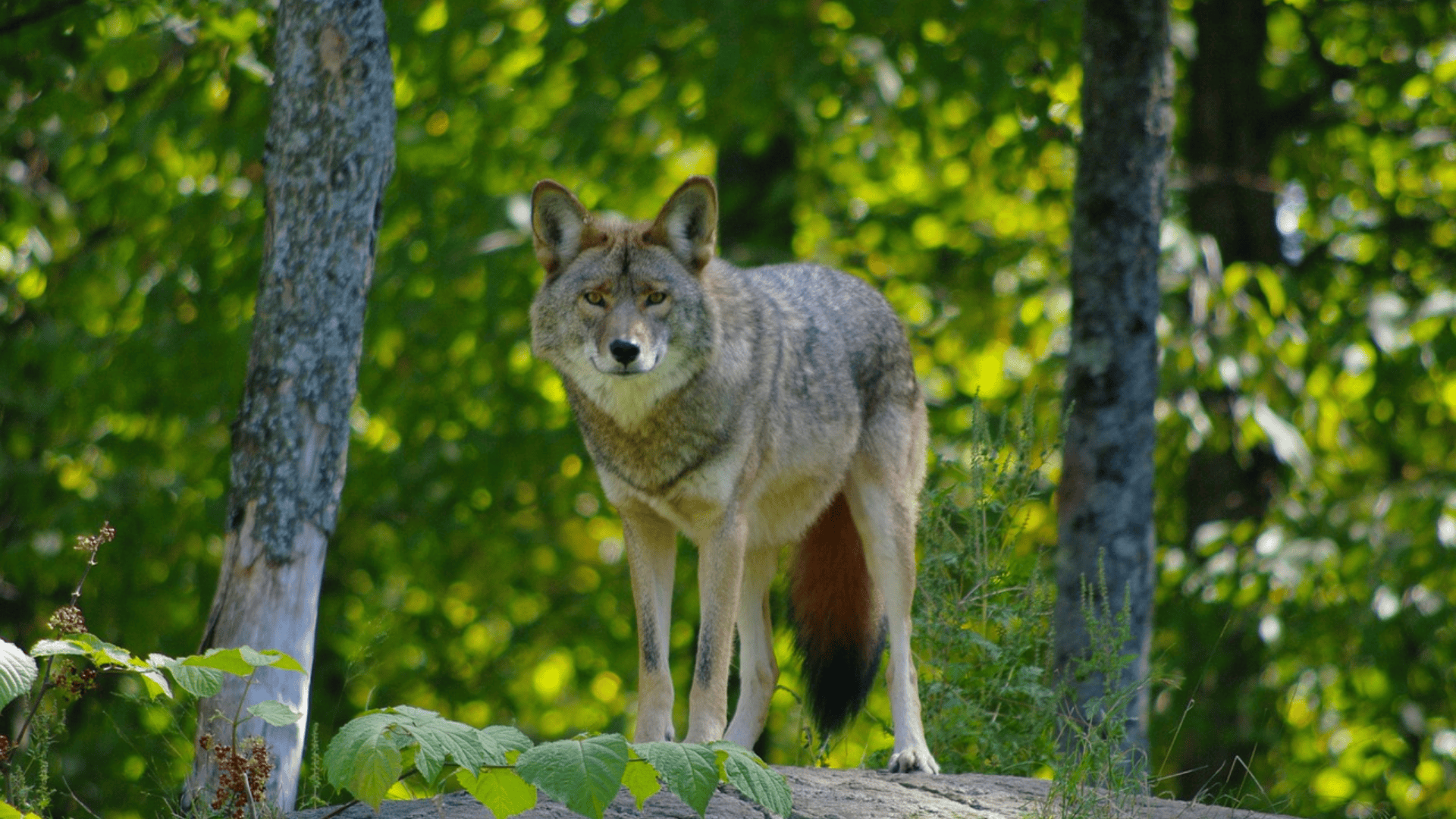
Timber wolves, also known as gray wolves, are social carnivores known for their strong pack dynamics and incredible endurance when hunting prey.
-
Region of Habitat: North America, Europe, and Asia in forests, tundras, and grasslands
-
Scientific Name:Canis lupus
-
Feeding Habits: Carnivorous; preys on deer, elk, and bison, often hunting in coordinated packs
-
What Sound They Make: Howling, growling, and barking for communication within the pack
Fun Facts:
Timber wolves live in highly structured family groups (packs) typically consisting of a breeding pair (alpha male and female) and their offspring from several years.
14. Tsetse Fly

The tsetse fly is an insect notorious for transmitting sleeping sickness, a disease that affects humans and animals in Africa.
-
Region of Habitat: Sub-Saharan Africa in savannas, woodlands, and riverbanks
-
Scientific Name:Glossina
-
Feeding Habits: Hematophagous (blood-feeding); feeds on the blood of mammals
-
What Sound They Make: A buzzing sound similar to other large flies
Fun Facts:
Unlike most insects, female tsetse flies do not lay eggs but instead nurture a single larva inside their uterus, providing nutrition through a milk-like substance.
15. Thresher Shark

Thresher sharks are large, deep-sea predators known for their long, whip-like tails, which they use to stun schools of fish before eating them.
-
Region of Habitat: Temperate and tropical oceans worldwide, often near continental shelves
-
Scientific Name:Alopias
-
Feeding Habits: Carnivorous; preys on schooling fish, squid, and crustaceans
-
What Sound They Make: Silent, like most sharks, but they use body movements for communication
Fun Facts:
Their tails can be as long as their bodies, measuring over 10 feet. Thresher sharks are known to leap out of the water in spectacular displays.
16. Tree Swallow
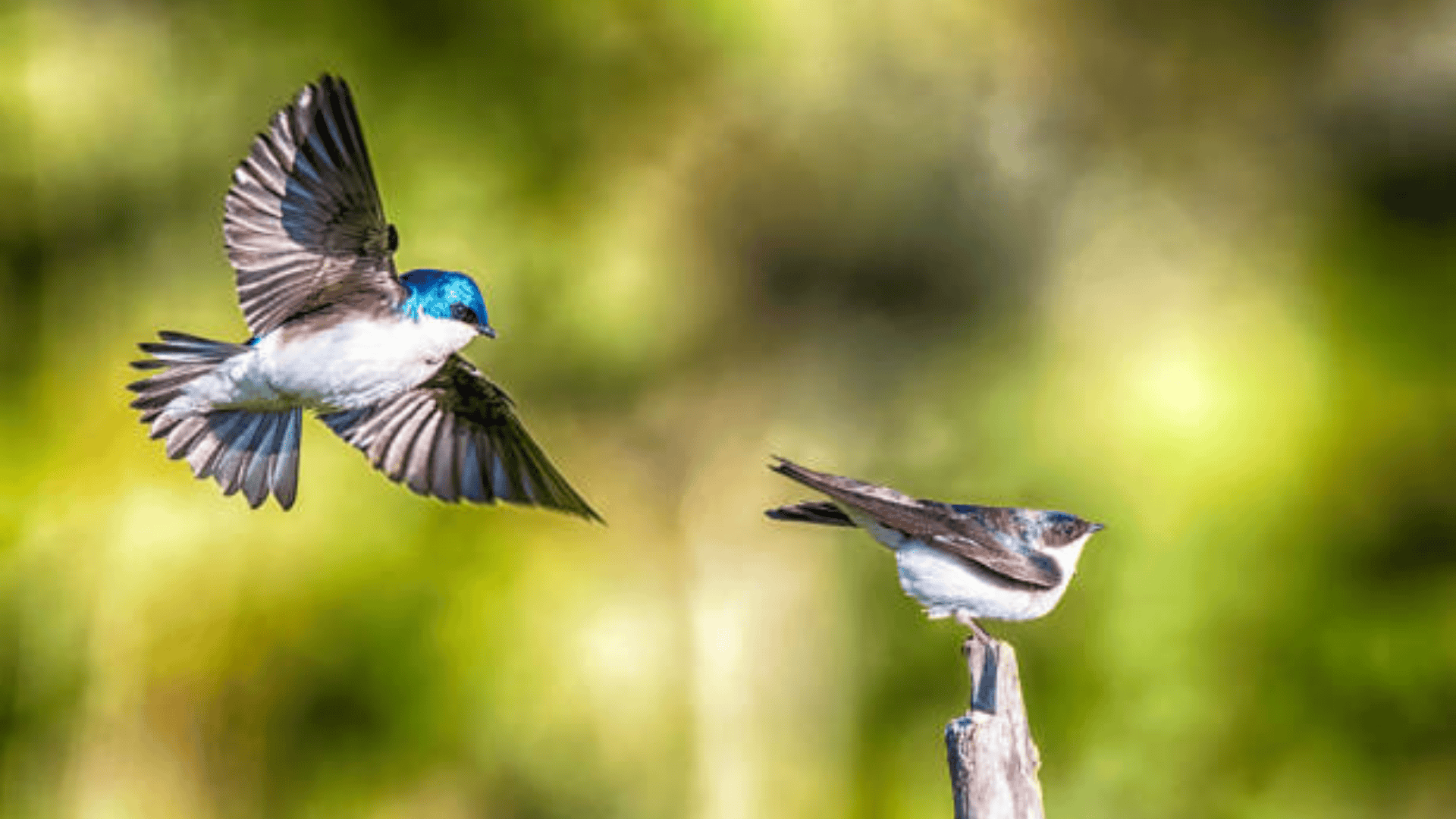
Tree swallows are small, agile birds with iridescent blue feathers and a forked tail, often seen darting through the sky in search of insects.
-
Region of Habitat: North America, breeding in open fields, wetlands, and near water
-
Scientific Name:Tachycineta bicolor
-
Feeding Habits: Insectivorous; feeds on flying insects such as mosquitoes and flies
-
What Sound They Make: High-pitched chattering calls used for communication and mating
Fun Facts:
They can catch insects in mid-air with remarkable precision. Tree swallows migrate thousands of miles between breeding and wintering grounds.
17. Tibetan Mastiff

The Tibetan Mastiff is a large, powerful dog breed originally bred to guard livestock in the Himalayan region. It has a thick, dense coat and an imposing presence.
-
Region of Habitat: Domesticated; originally from Tibet and Nepal
-
Scientific Name:Canis lupus familiaris
-
Feeding Habits: Omnivorous; primarily eats meat and high-protein diets
-
What Sound They Make: Deep barks and growls used for guarding and warning
Fun Facts:
Tibetan Mastiffs have an unusual reproductive cycle, with females typically coming into heat only once a year, usually in late fall so that puppies are born in the more hospitable spring weather.
18. Texas Rat Snake
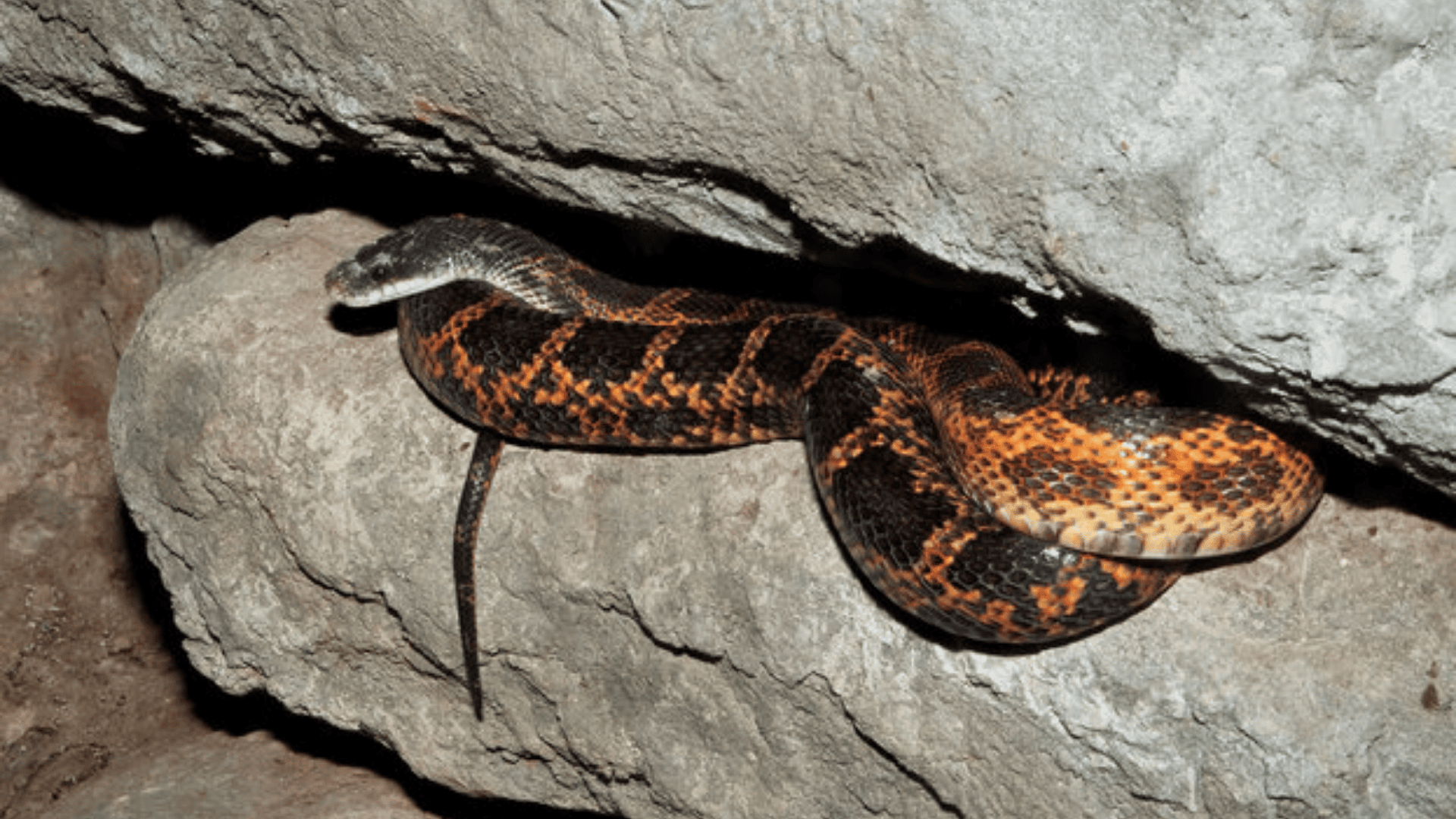
Texas rat snakes are non-venomous constrictors that help control rodent populations. They have yellow and brown patterned scales and can grow up to six feet long.
-
Region of Habitat: Southern United States, particularly in Texas and surrounding states
-
Scientific Name:Pantherophis obsoletus
-
Feeding Habits: Carnivorous; eats rodents, birds, and eggs
-
What Sound They Make: Hissing when threatened
Fun Facts:
Despite their intimidating size and often aggressive defensive displays, Texas Rat Snakes are considered beneficial for controlling rodent populations. A single rat snake can consume dozens of mice and rats annually.
19. Tamarin Monkey
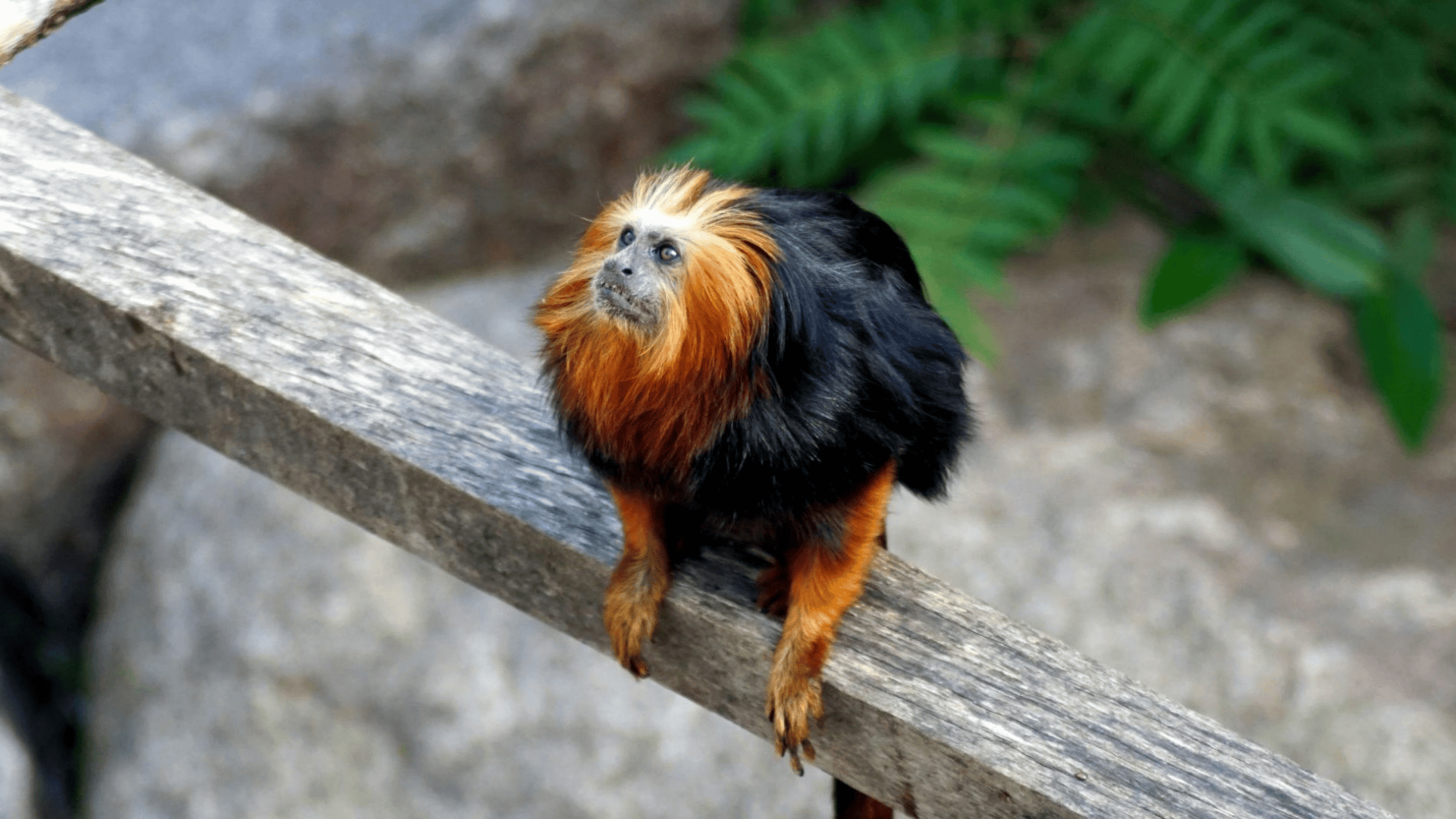
Tamarin monkeys are small primates with long tails and distinctive mustaches or tufts of fur around their faces. They are highly social and live in family groups.
-
Region of Habitat: South America, primarily in rainforests
-
Scientific Name:Saguinus
-
Feeding Habits: Omnivorous; eats fruits, insects, and tree sap
-
What Sound They Make: Chirps, whistles, and trills used for communication
Fun Facts:
Tamarins typically give birth to twins, which is unusual among primates. The father and other family group members play a crucial role in carrying and caring for the infants, only handing them to the mother for nursing.
20. Tawny Eagle
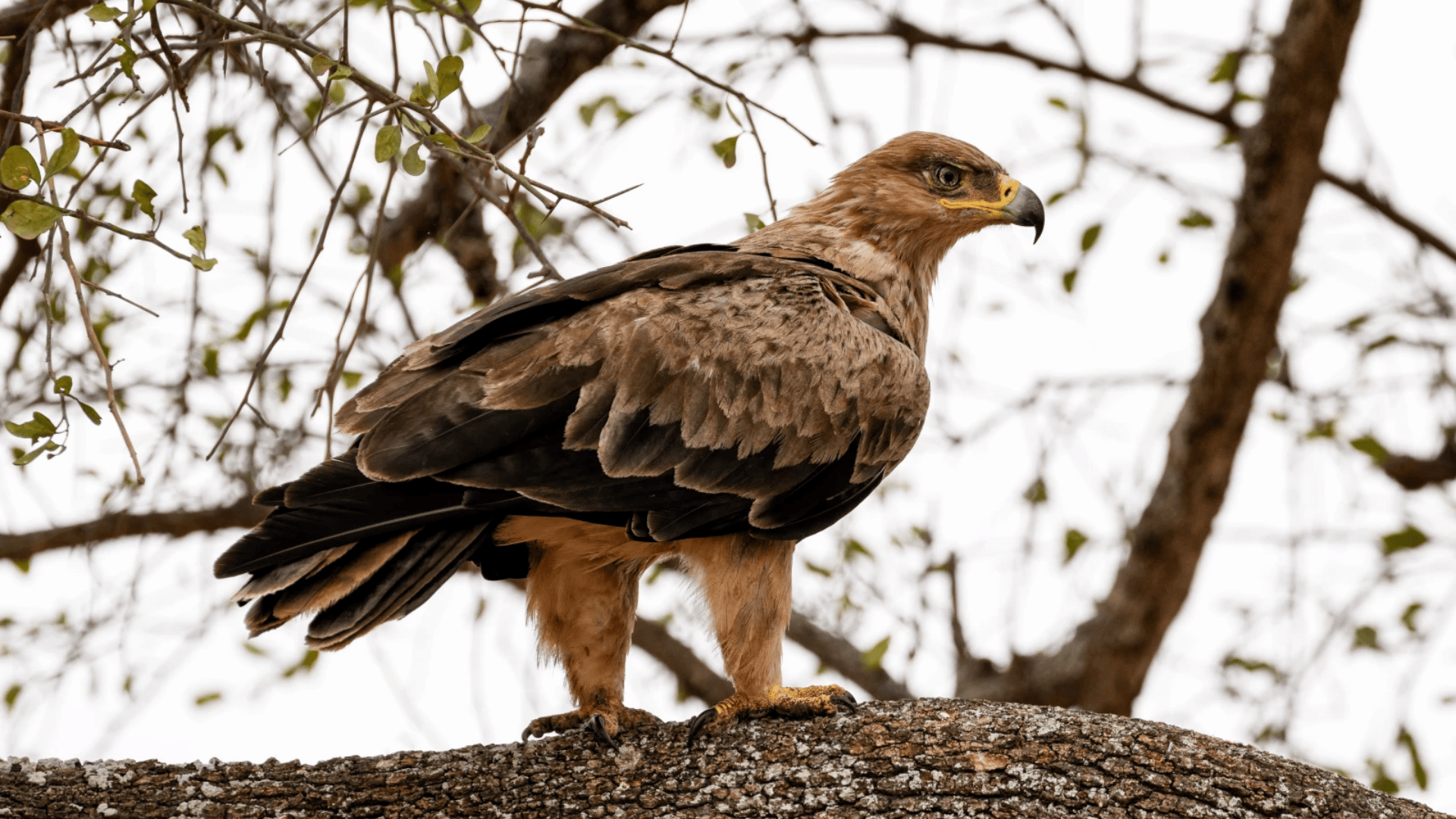
The tawny eagle is a large bird of prey with brown feathers and keen eyesight, capable of spotting prey from high in the sky.
-
Region of Habitat: Africa and parts of Asia, particularly in open savannas and grasslands
-
Scientific Name:Aquila rapax
-
Feeding Habits: Carnivorous; preys on small mammals, birds, and carrion
-
What Sound They Make: Loud, shrill calls used for communication and territorial defense
Fun Facts:
Tawny Eagles can survive without drinking water for extended periods, obtaining most of their moisture needs from the blood and tissues of their prey, making them well-adapted to semi-arid environments.
How Many Animals Can You Name That Start with T?
21. Tundra Swan
22. Tawny Frogmouth
23. Tenrec
24. Tibetan Terrier
25. Teddy Bear Hamster
26. Taco Terrier
27. Tailless Whip Scorpion
28. Taimen Fish
29. Taipan
30. Takin
31. Tamandua
32. Tamarin
33. Tamaskan
34. Tang
35. Tangerine Leopard Gecko
36. Tangle Web Spider
37. Tapanuli Orangutan
38. Texas Blind Snake
39. Texas Brown Tarantula
40. Texas Coral Snake
41. Texas Garter Snake
42. Texas Heeler
43. Texas Indigo Snake
44. Texas Night Snake
45. Texas Spiny Lizard
46. Thai Ridgeback
47. Thalassomedon
48. Thamnophis sauritus sauritus
49. Thanatosdrakon
50. Therapy Dog
51. Theropod
52. Thomson’s Gazelle
53. Thornback Ray
54. Thorny Devil
55. Thylacine
56. Thylacoleo
57. Thylacoleo Carnifex
58. Thylacosmilus
59. Tibetan Fox
60. Tibetan Spaniel
61. Tick
62. Tiffany Cat
63. Tiger Beetle
64. Tiger Moth
65. Tiger Muskellunge
66. Tiger Rattlesnake
67. Tiger Salamander
68. Tiger Shark
69. Tiger Snake
70. Tiger Swallowtail
71. Tiger Swallowtail Caterpillar
72. Tiger Trout
73. Tigon
74. Tiktaalik
75. Timber Rattlesnake
76. Timor Python
77. Tire Track Eel
78. Titan Beetle
79. Titanoboa
80. Titanosaur
81. Titi Monkey
82. Titicaca Water Frog
83. Toad
84. Toadfish
85. Toco Toucan
86. Tokay Gecko
87. Tomato Hornworm
88. Tomistoma
89. Torkie
90. Tornjak
91. Tosa
92. Towhee
93. Toxodon
94. Toy Fox Terrier
95. Toy Poodle
96. Transylvanian Hound
97. Trapdoor Spider
98. Tree Cricket
99. Tree Kangaroo
100. Tree Snake
101. Tree Viper
102. Treecreeper
103. Treehopper
104. Treeing Tennessee Brindle
105. Treeing Walker Coonhound
106. Triggerfish
107. Troodon
108. Tropicbird
109. Trout
110. Tuatara
111. Tufted Coquette
112. Tufted Titmouse
113. Tui
114. Tully Monster
115. Tundra Wolf
116. Turaco
117. Turkey Vulture
118. Turkish Angora
119. Turnspit
120. Turquoise Killifish
121. Turtle
122. Turtle Dove
123. Turtle Frog
124. Tusoteuthis
125. Tussock Moth
126. Tussock Moth Caterpillar
127. Twig Snake
128. Teacup Chihuahua
129. Teacup Maltese
130. Teacup Miniature Horse
131. Teacup Poodle
132. Tecopa Pupfish
133. Teddy Guinea Pig
134. Teddy Roosevelt Terrier
135. Teira Batfish
136. Telescope Fish
137. Ten-Lined June Beetle
138. Tennessee Walking Horse
139. Tent Caterpillar
140. Tentacled Snake
141. Tenterfield Terrier
142. Termite
143. Terrier
144. Terror Bird
145. Tetra
146. Tree Lobster
147. Tanimbar Corella
148. Tasselled Wobbegong
149. Turkmen Alabai
150. Tarzan Chameleon
151. Tropical Screech Owl
152. Tiger Spiketail Dragonfly
153. Tufted Puffin
154. Tundra Bison
155. Tengmalm’s Owl
Final Words
Our exploration through the animal kingdom’s “T” section reveals the remarkable diversity of life forms sharing our planet.
From apex predators like tigers to the tiny yet resilient tree frogs, each species has evolved unique adaptations that enable it to thrive in its ecological niche.
These animals serve vital roles in their ecosystems—whether as predators maintaining population balances, prey supporting food chains, or pollinators enabling plant reproduction.
As we learn more about these creatures, we gain a deeper appreciation for the complexity and interconnectedness of all living things.
If you’re interested in more informative animal and wildlife content, feel free to click here and explore other blogs that you might enjoy!

